Italian beauty: a new show celebrates the career of Mario Bellini
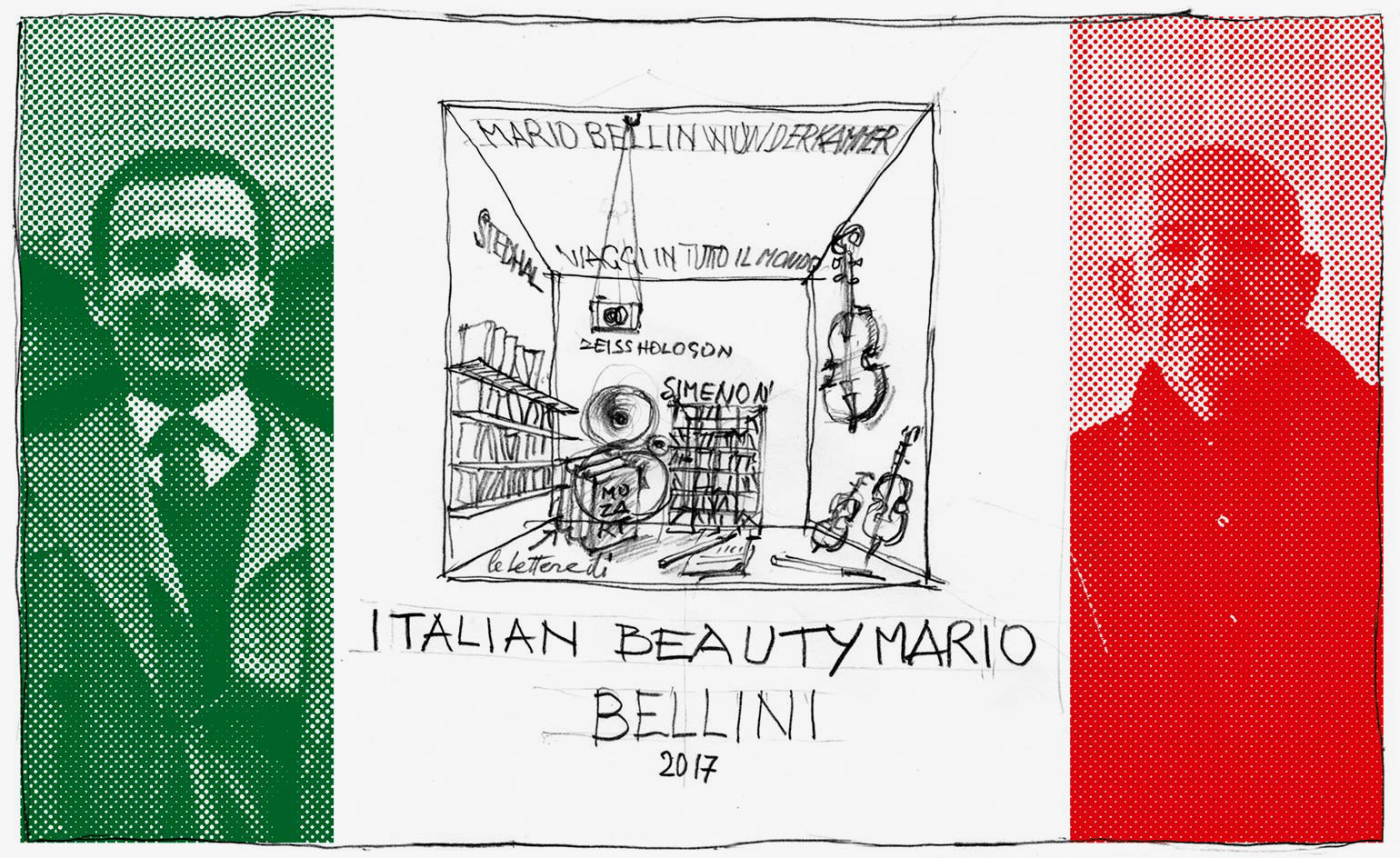
Mario Bellini’s long and distinguished career spans design brands and counter-trends. As a designer who grew up in the austerity of post-war Italy, then began his career at the height of Pop and the Italian industrial boom, Bellini would be forgiven for an unrooted eclecticism. Yet what defines his work (still in progress) is a commitment to a sense of place and a sense of beauty, but bound up with a functional rigour that transcends shifts in the way we interact with places and things.
As his ‘Italian Beauty’ exhibition opens at the Milan Triennale, it’s perhaps time to take stock and celebrate a lifetime in design. This is not a retrospective, according to Bellini, but a ‘prospective’, and the 1,200 sq m show takes you through a career spanning six decades. The space is a stage for Bellini’s many and varied products, from chairs to typewriters to lamps, with seating areas placed before vast screens to give an impressive, immersive insight into a suite of his studio’s best-known buildings.
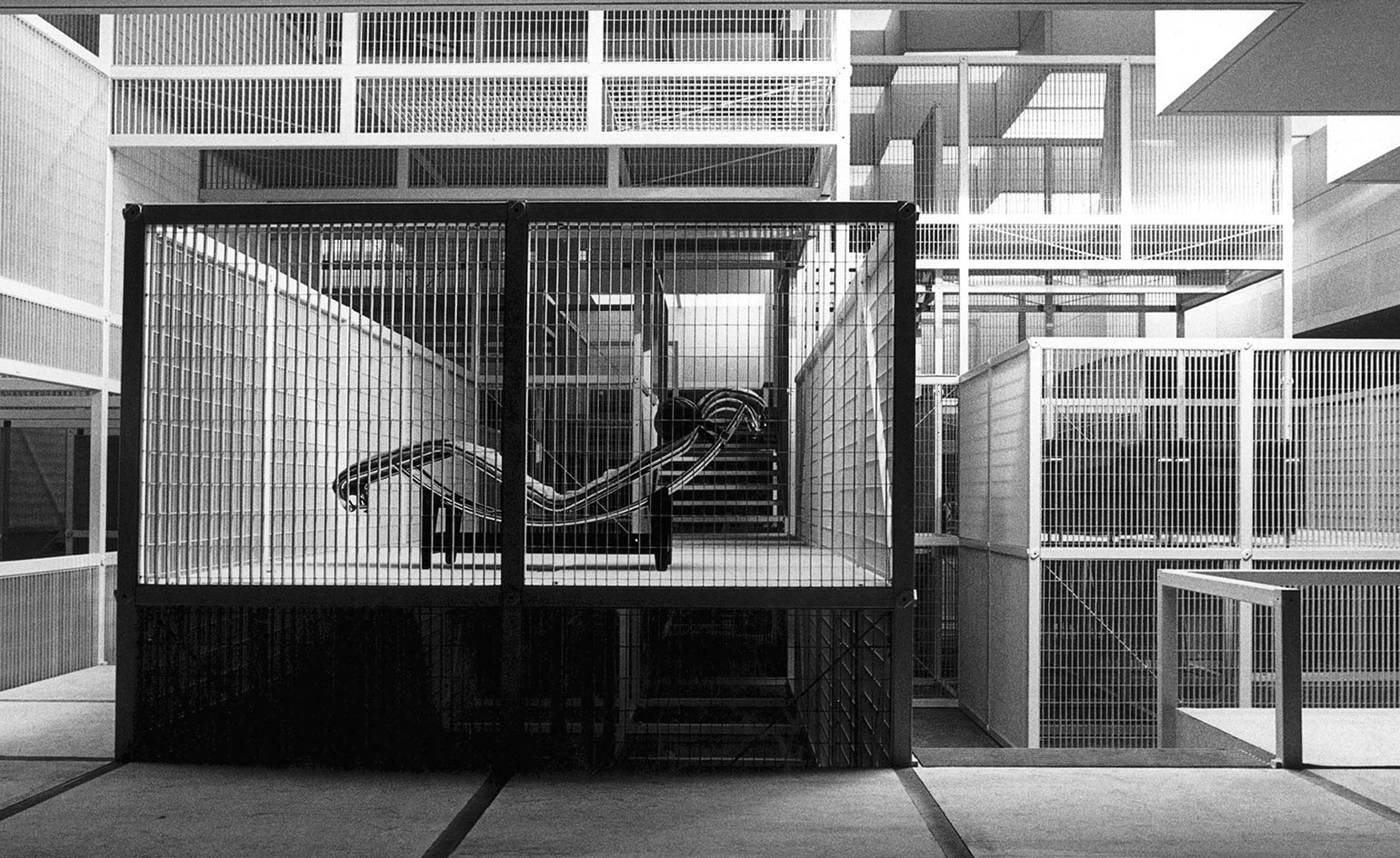
Bellini can lay claim to being one of the progenitors of modern technological style, together with other precursors like Dieter Rams and Jacob Jensen. During his long and fruitful collaboration with Olivetti, he reshaped the office landscape into a playful, colourful space that banished the tans and greys of the dominant IBM approach. And where Rams brought a Northern European austerity to consumer design, Bellini has always headed in a more humanist, playful direction.
‘Italian Beauty’ begins with a vast cabinet of curiosities containing objects and memorabilia that have inspired Bellini, including pieces by Gio Ponti and Issey Miyake – historical fragments of memory, art and literature. ‘I’ve designed furniture, objects, machines, buildings,’ Bellini says. ‘So to design an exhibition about myself is to go back to something I did at the very start of my career. But it’s also more special and challenging.’
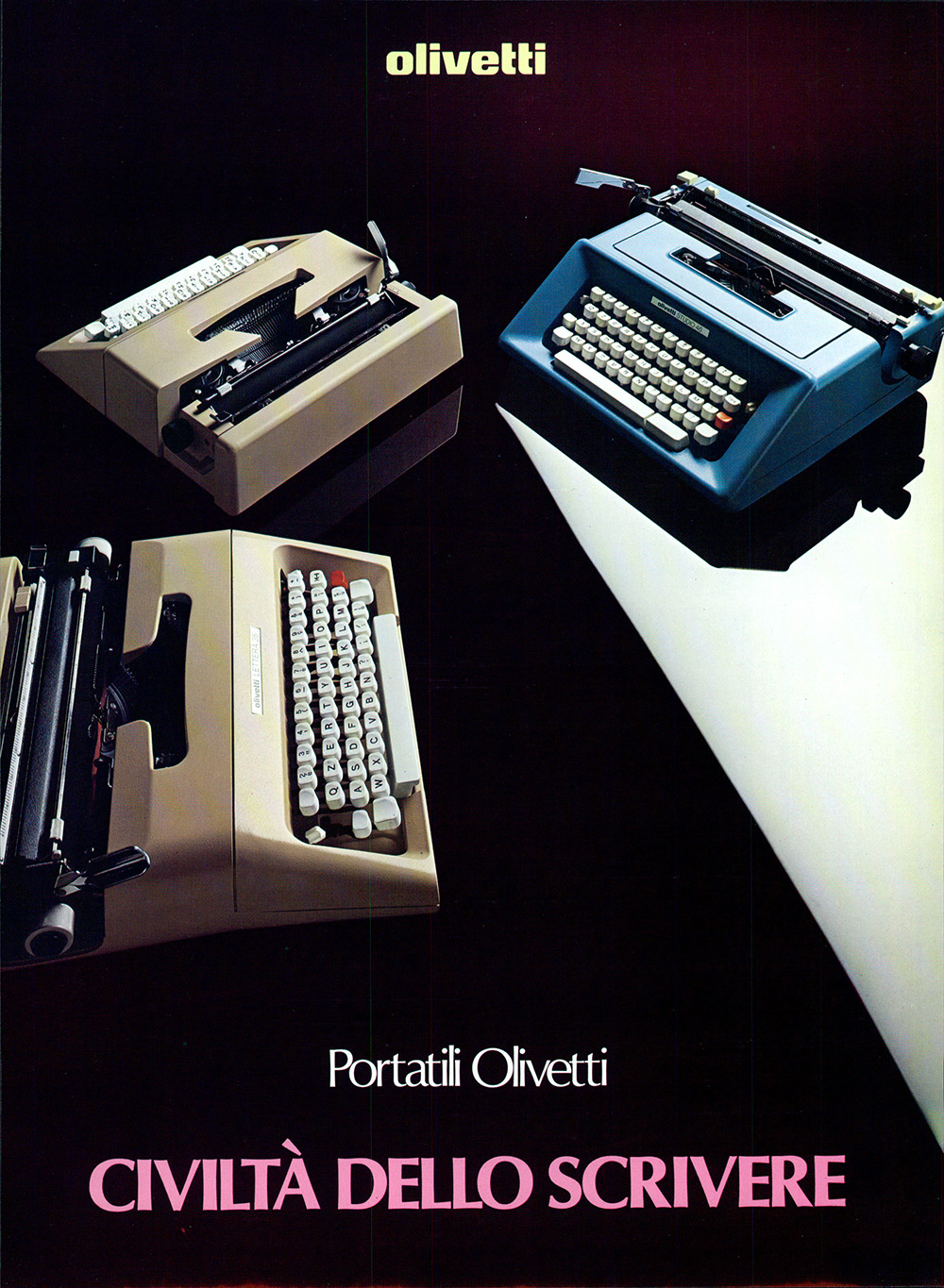
An archival advertisement for Olivetti typewriters
Bellini was born in 1935. Exceptionally talented at sketching from a young age, thanks to the encouragement of a grandfather, he spent five years studying at Milan’s polytechnic, graduating in 1959 and beginning his career as primarily an exhibition and product designer. In Olivetti, he found a client that shared his love of detail. In Bellini, Olivetti found a designer who could simplify its increasingly complex wares and give them a seductive yet friendly appearance. Their collaborations included the legendary ‘Programma 101’ of 1964, an impressive calculating machine that many consider to be the first desktop computer.
The Olivetti partnership made Bellini a major force in industrial design, whose works were collected by MoMA and who was eagerly sought by other clients, such as Cassina (for whom he designed showrooms), Vitra and B&B Italia. His guiding principle is to combine functionality with finesse – or ‘dreaming and doing’, as he describes what he learnt in his student days. ‘You have to be talented to answer needs and yet end up with beauty,’ he says. ‘Needs, functions, materials, costs and rules all have to come together. But beauty also comes too. To create a simple object you need grace and poetic beauty.’
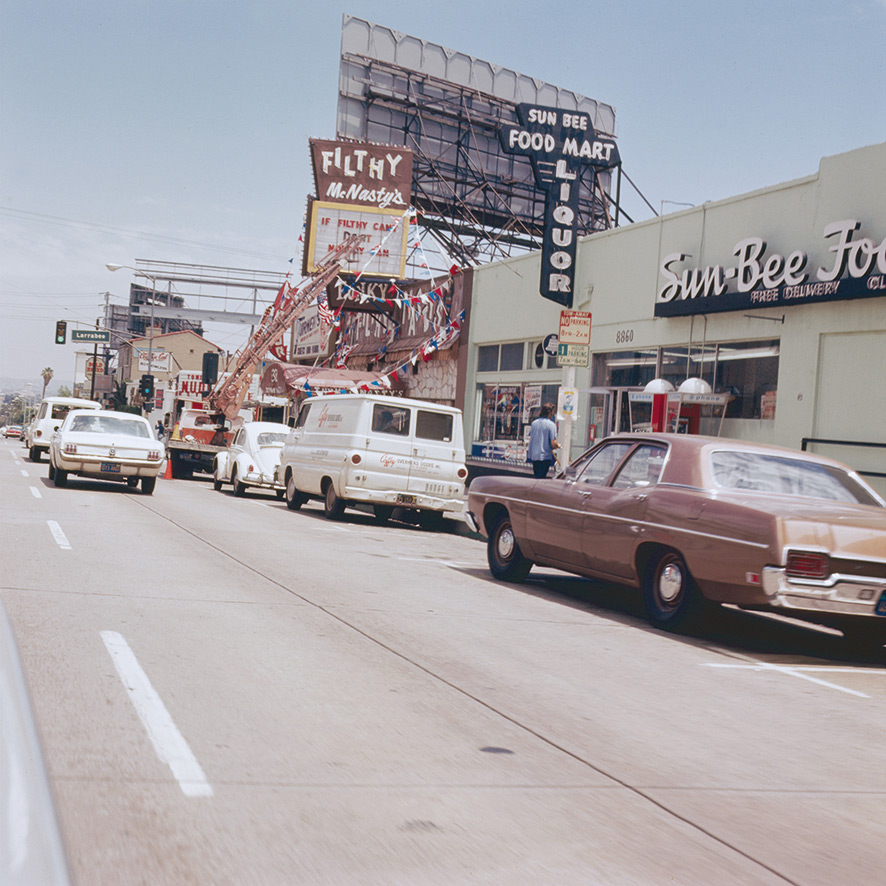
A photograph from Bellini's US road trip in 1972
Throughout his career, Bellini has always looked further afield, drawing inspiration from other cultures and approaches, including the design communities in Japan and Northern Europe. He has also had a long and favourable relationship with the US, a country he explored in a 1972 road trip after his participation in a MoMA exhibition on the Italian design scene (see W*199).
In the late 1980s, Bellini was a pioneering editor of Domus at a time of a great renaissance in Italian product design and architecture, and his profile was buoyed by a 1987 MoMA retrospective. His career has also spanned social and technological change, but he has never lost sight of the emotional component of design. ‘Whenever we design something we look for beauty – it’s a very delicate thing that connects you to the world through your senses. Beauty is a way of communicating meaning – something that connects with you and moves you.’ Bellini is now an elder statesman of modern design, but his work continues to surprise and delight.
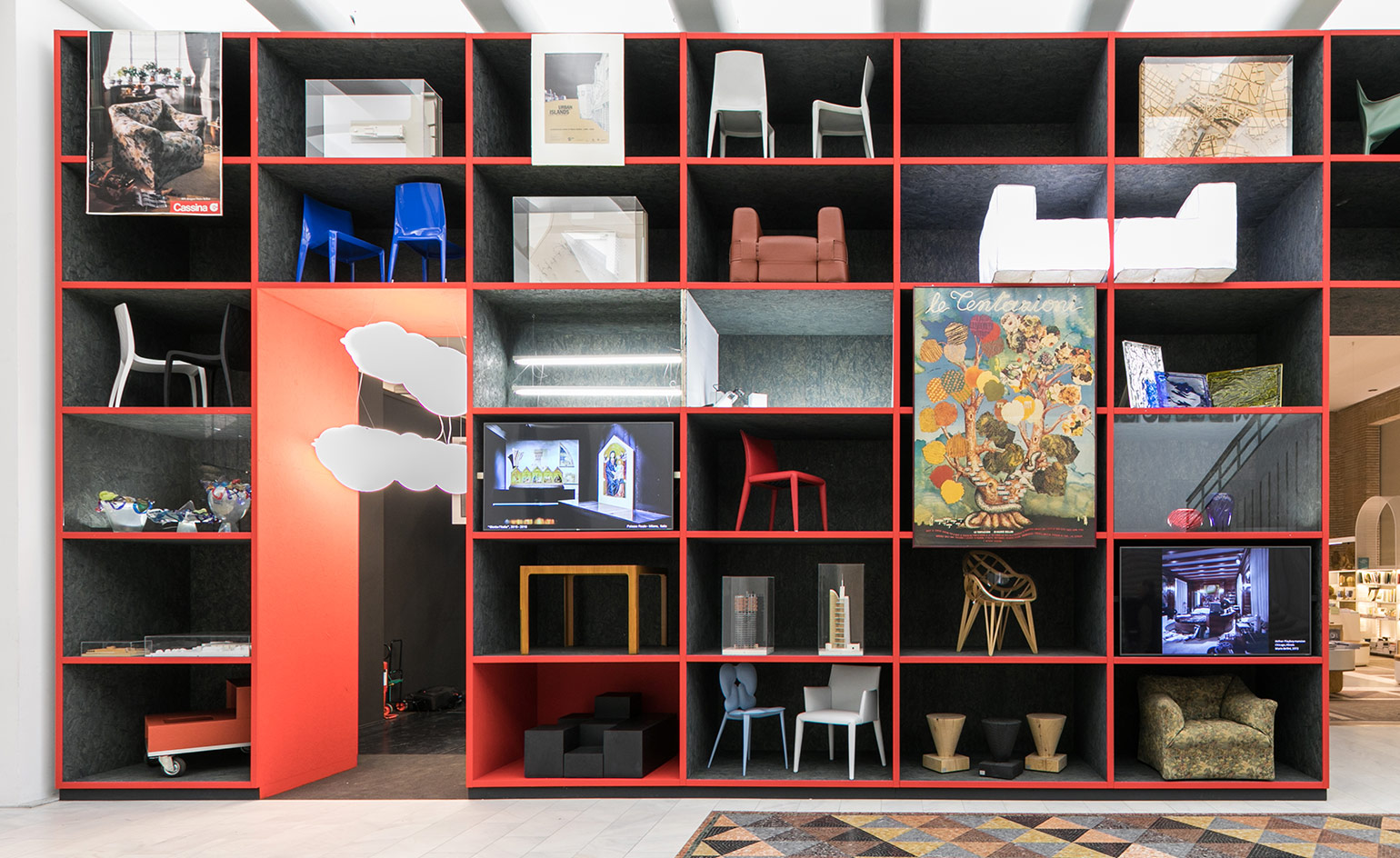
The exhibition begins with a cabinet of curiosities full of Bellini’s designs, and continues in the same vein, packed with furniture, technology, branding and architecture.
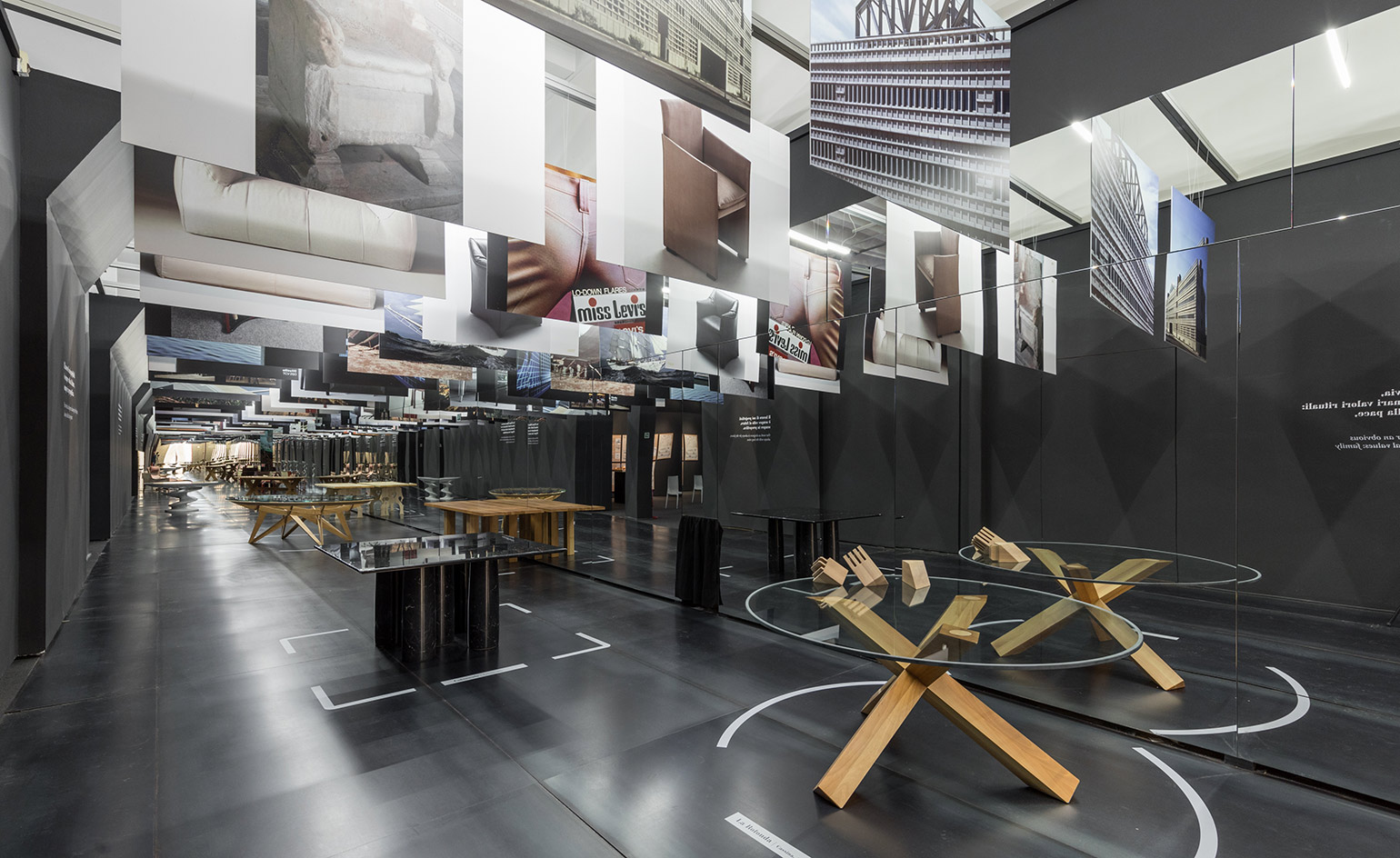
The landmark exhibition stretches across 1,200 sq m guiding visitors through Bellini’s fascinating six decade career
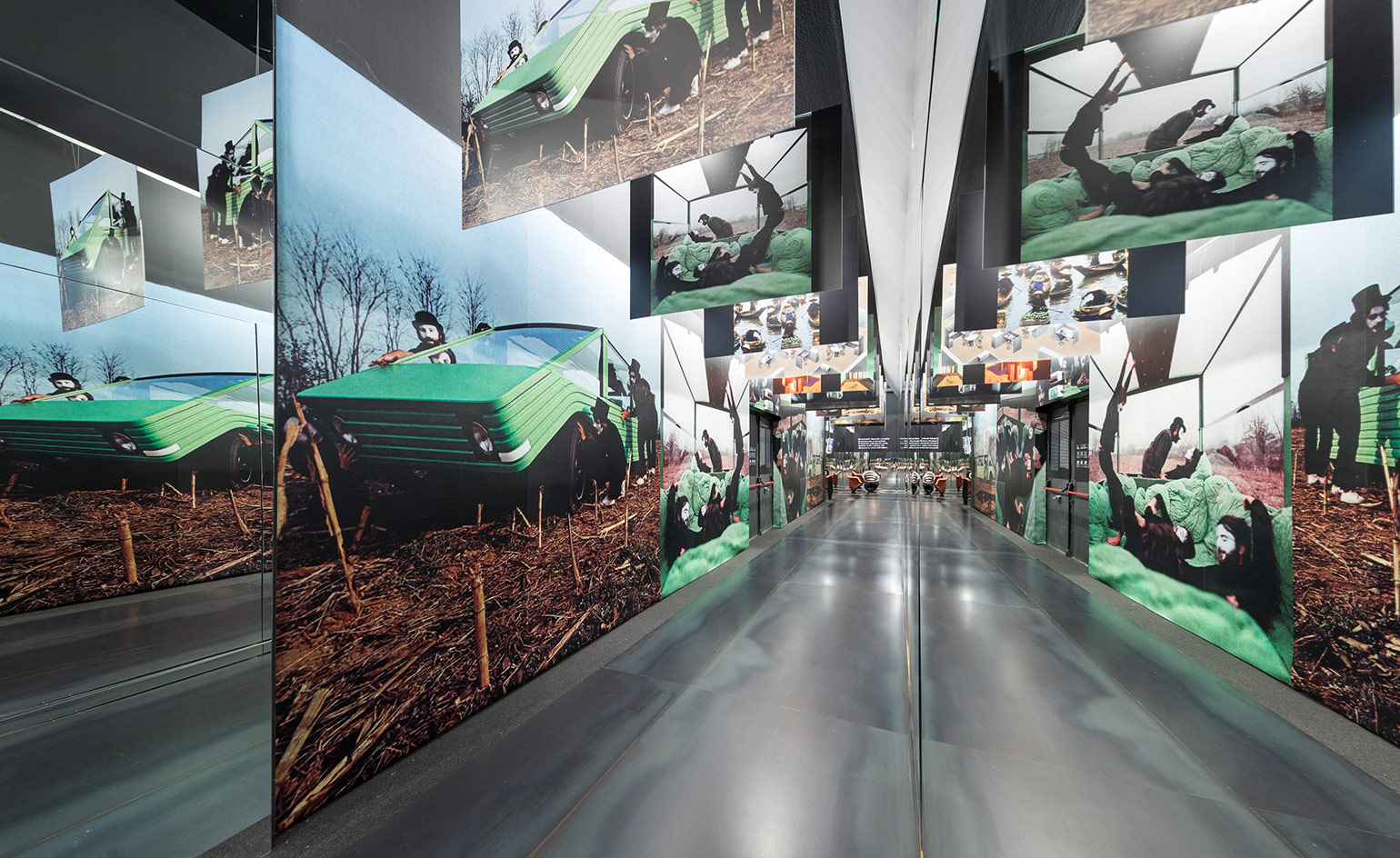
The landmark exhibition stretches across 1,200 sq m guiding visitors through Bellini’s fascinating six decade career

Bellini’s designs reshaped the office landscape. He designed this furniture range, ’Pianeta Ufficio’, for Marcatré Spa in 1974
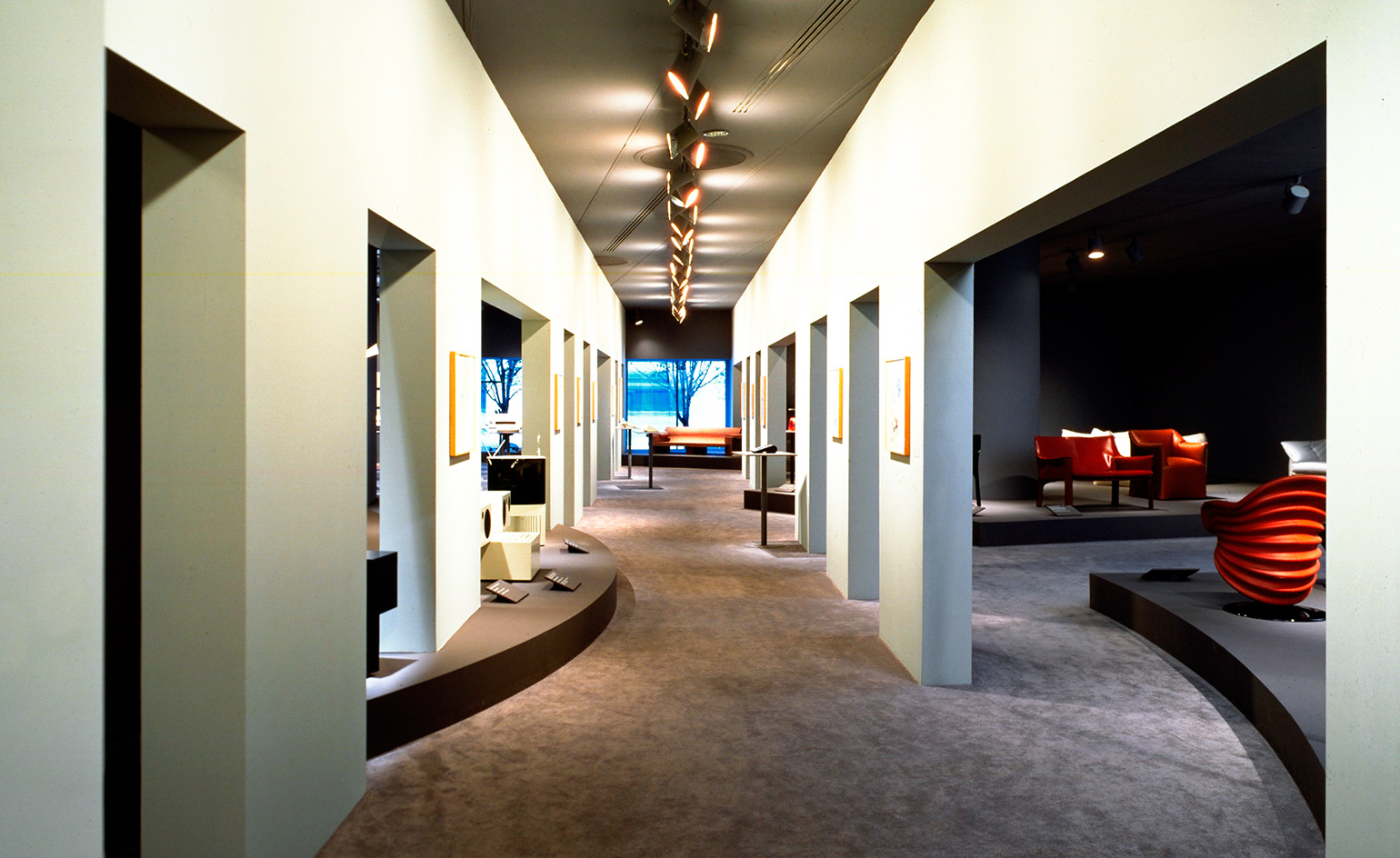
Installation view of Bellini’s 1987 exhibition at the MoMA in New York
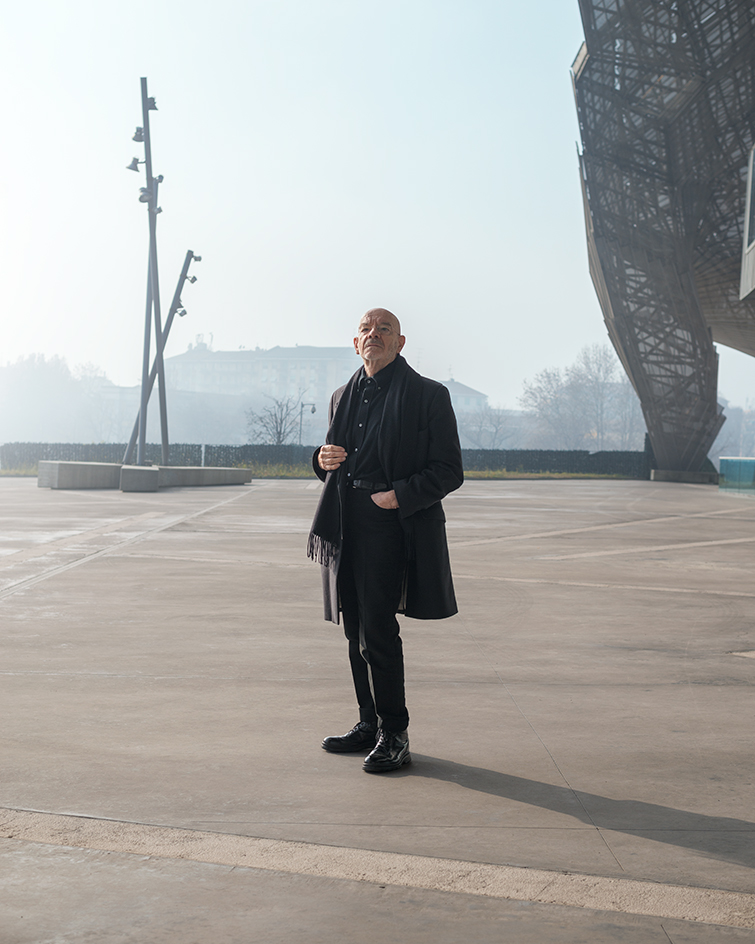
Bellini at his Milan Convention Centre, completed in 2012. Part of the 15,000 sq m silvery canopy roof tapers to the ground behind him.
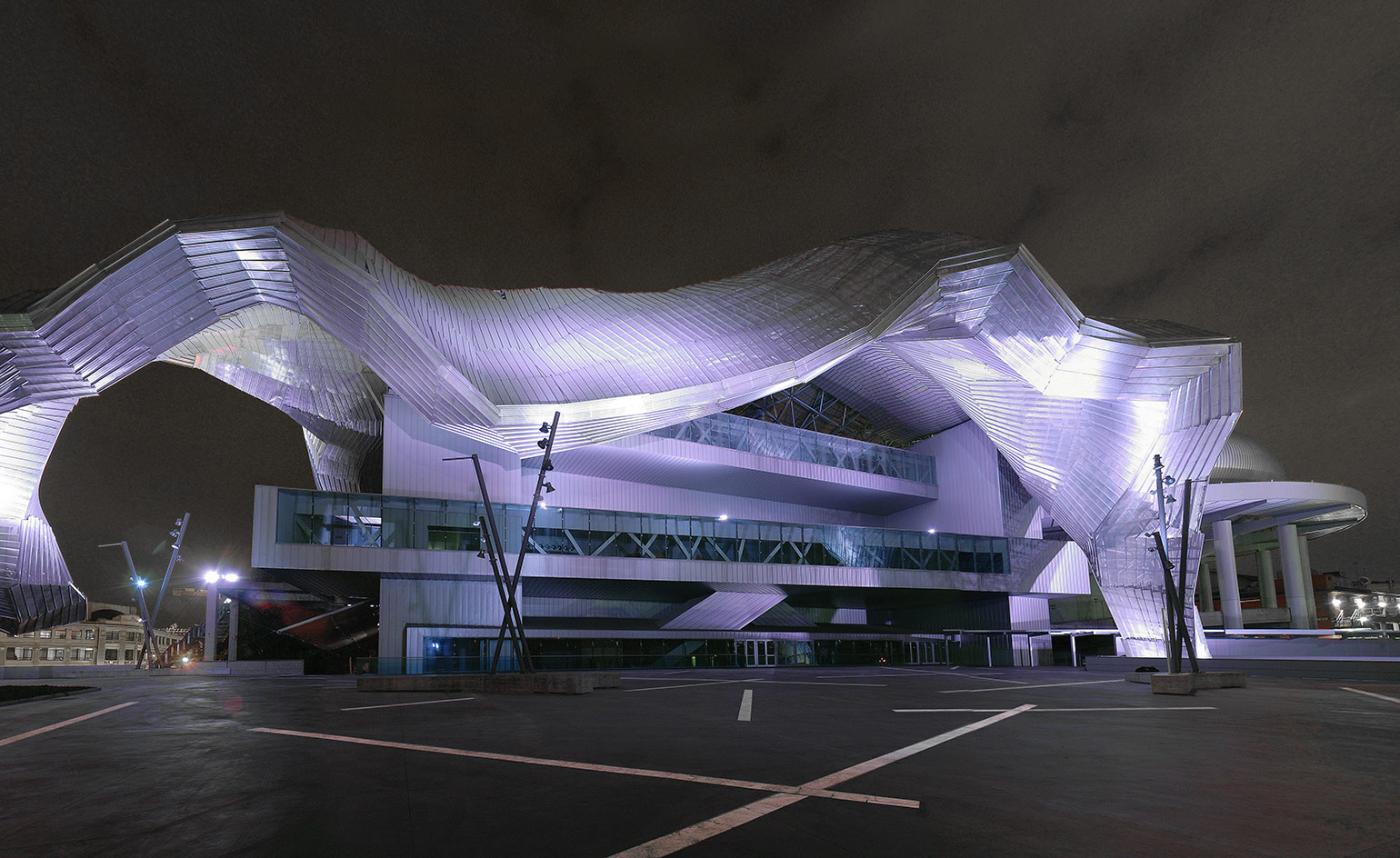
The Milan Convention Centre at night
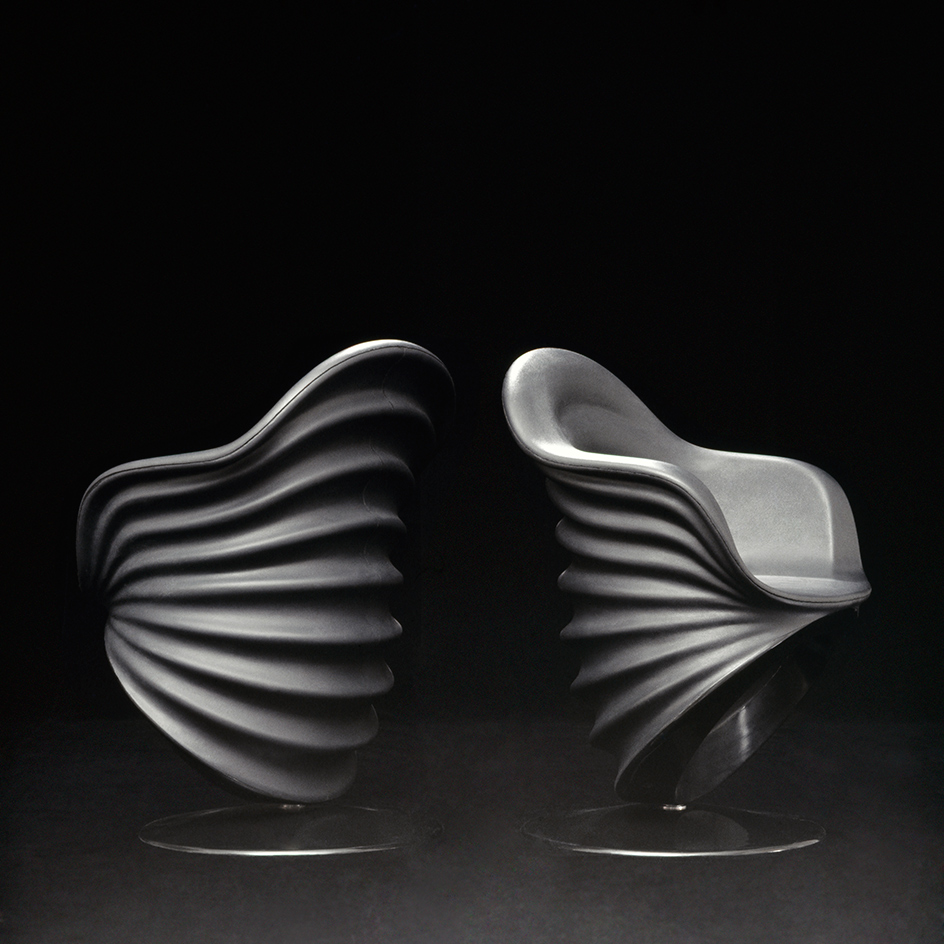
The ’Teneride’ chair for Cassina, 1970.
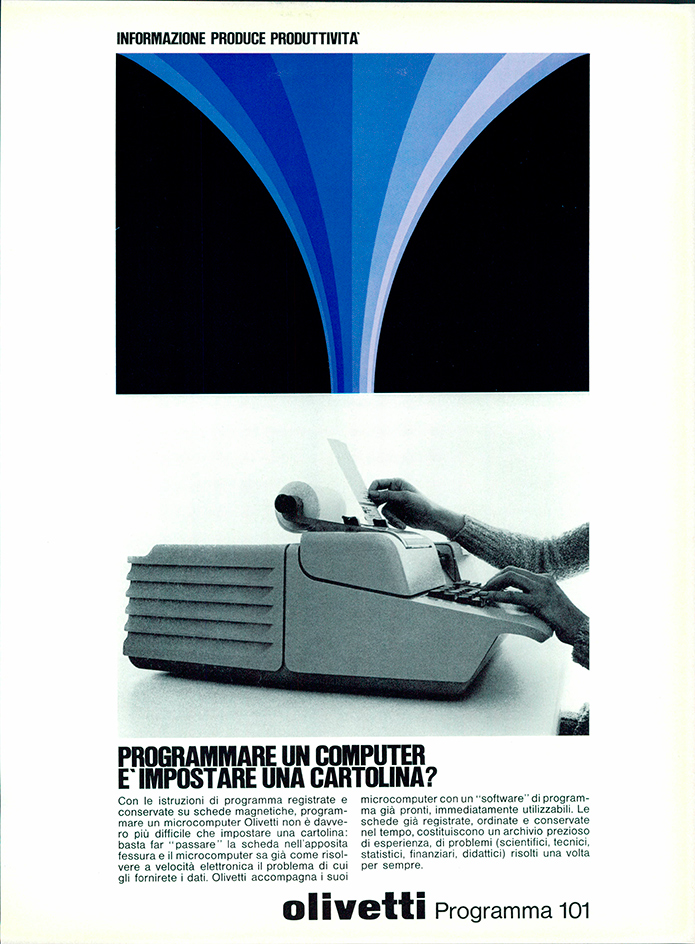
Many consider the ‘Programma 101’ – an impressive calculating machine launched in 1964 by Olivetti – as the first desktop computer
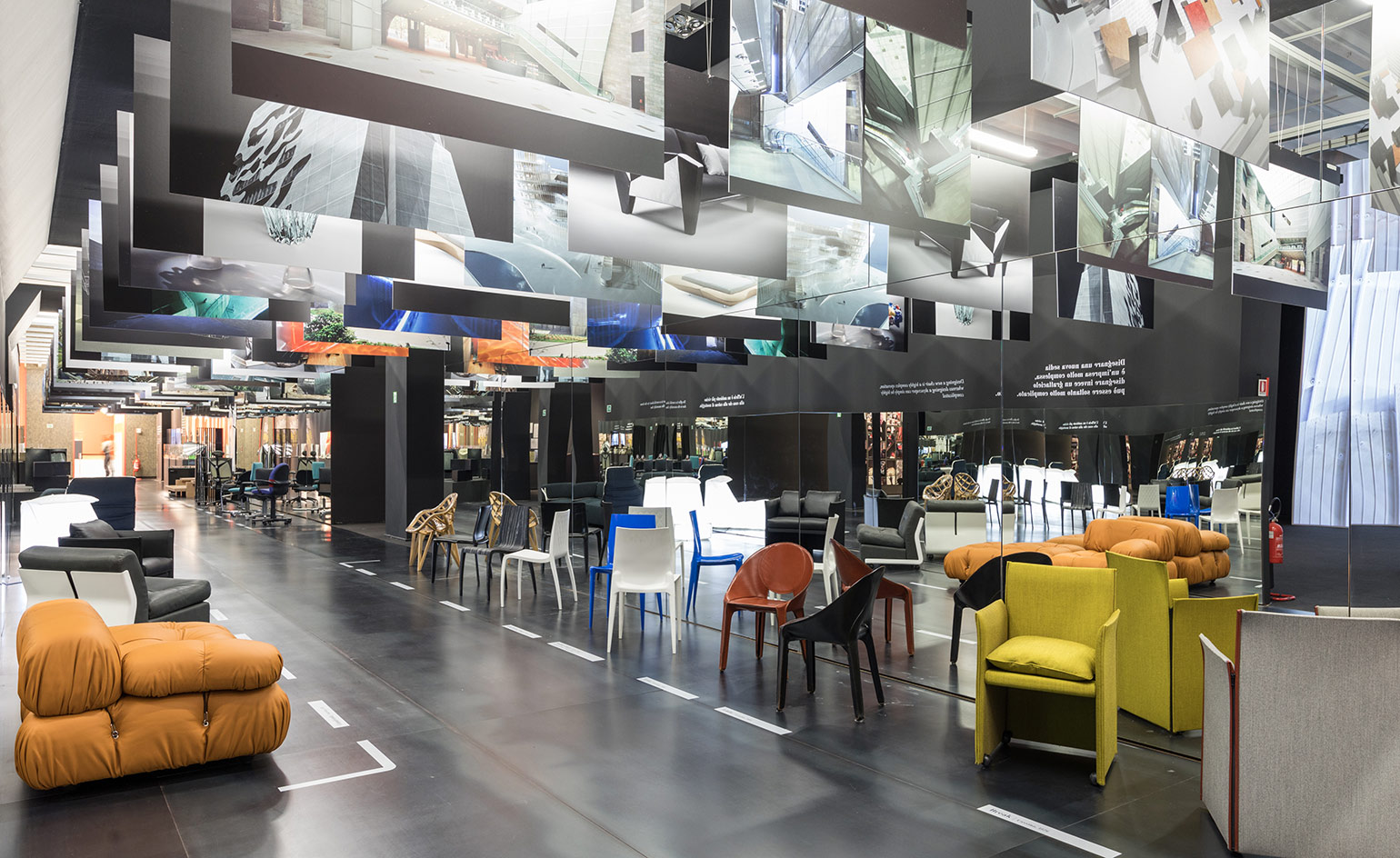
Mario Bellini’s chair designs on display at ’Italian Beauty’.
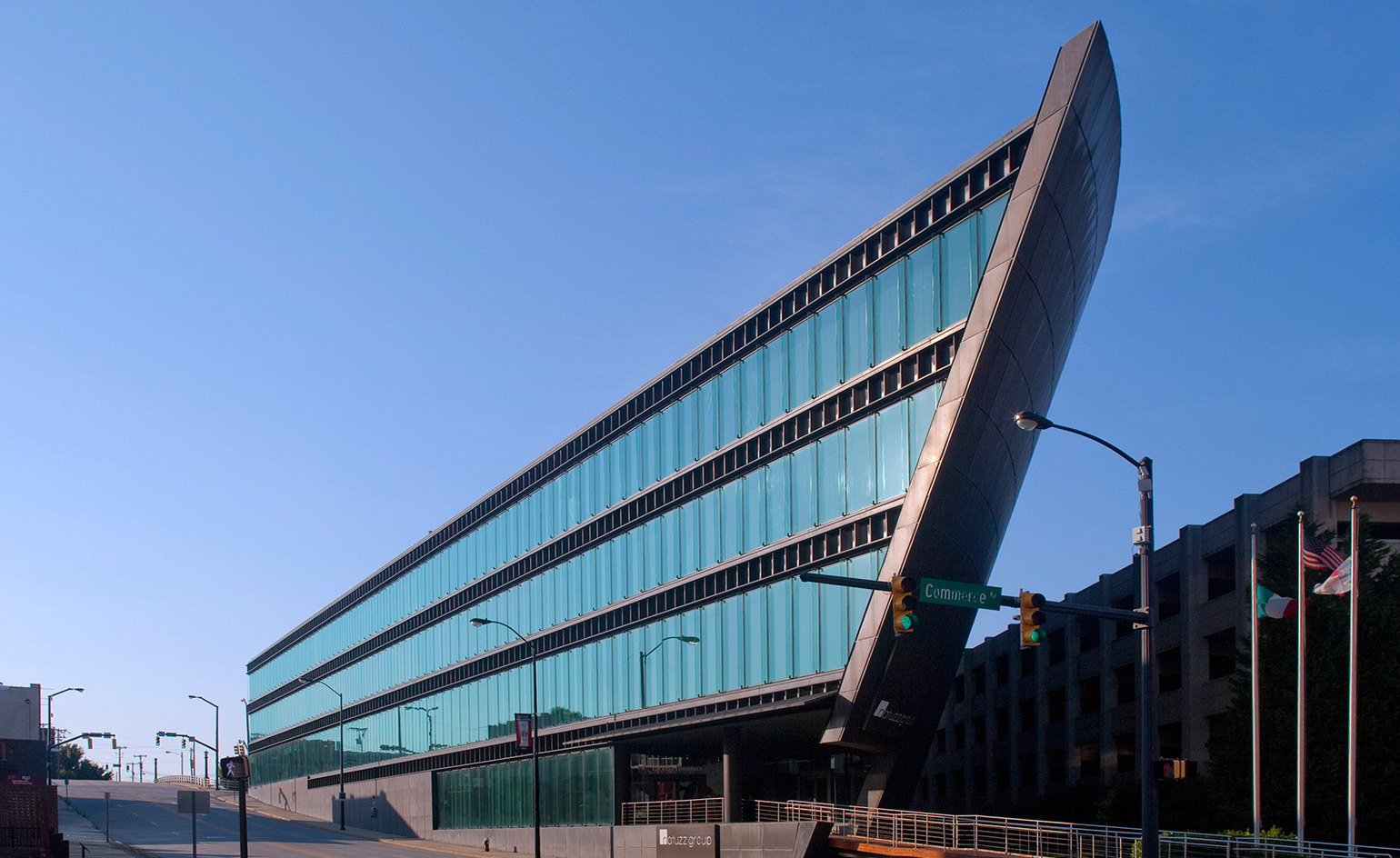
Located in North Carolinia, the Natuzzi headquarters was built between 1996 and 1998.
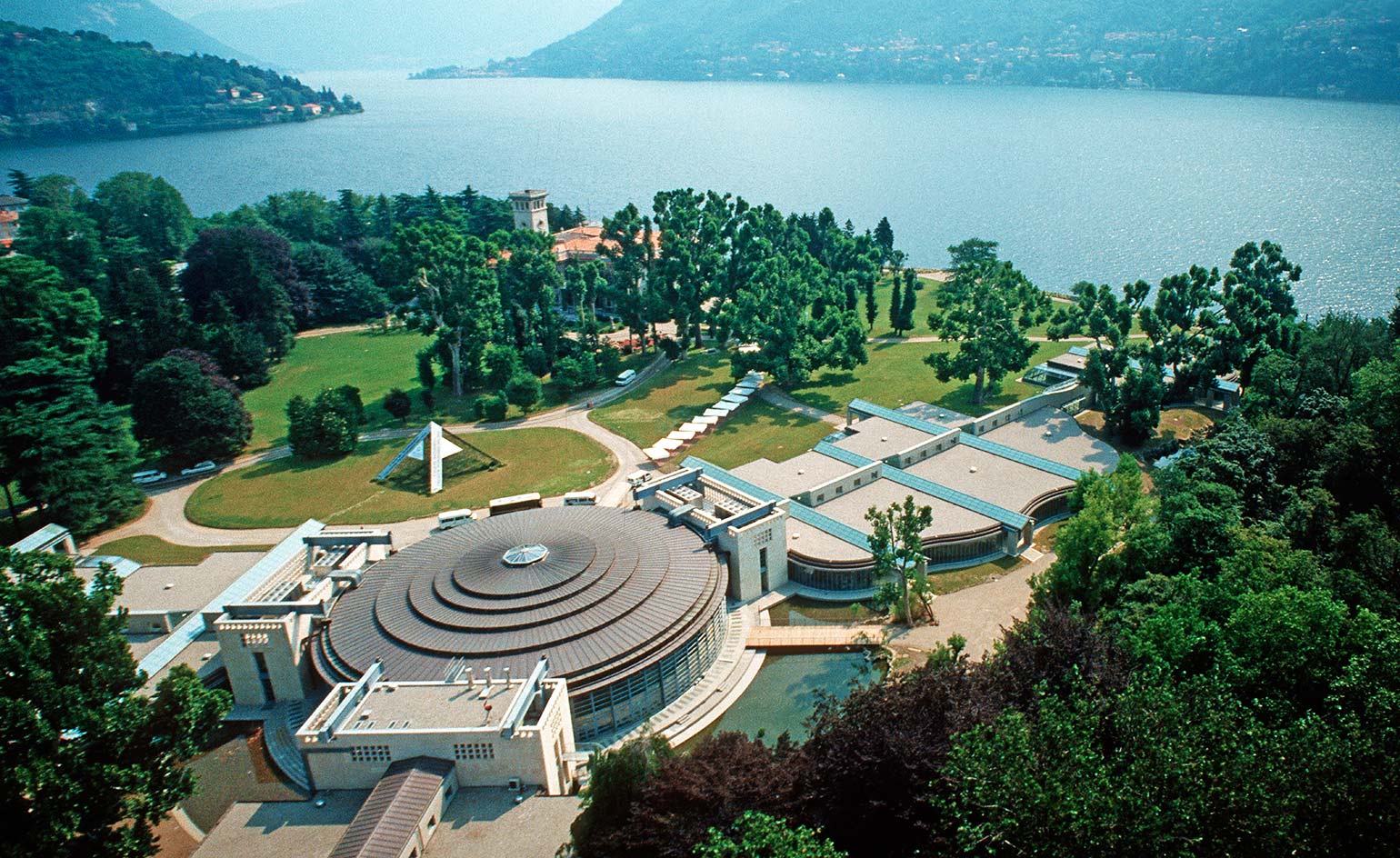
The exhibition and congress centre Villa Erba in Como, Italy, was built between 1986-1990.
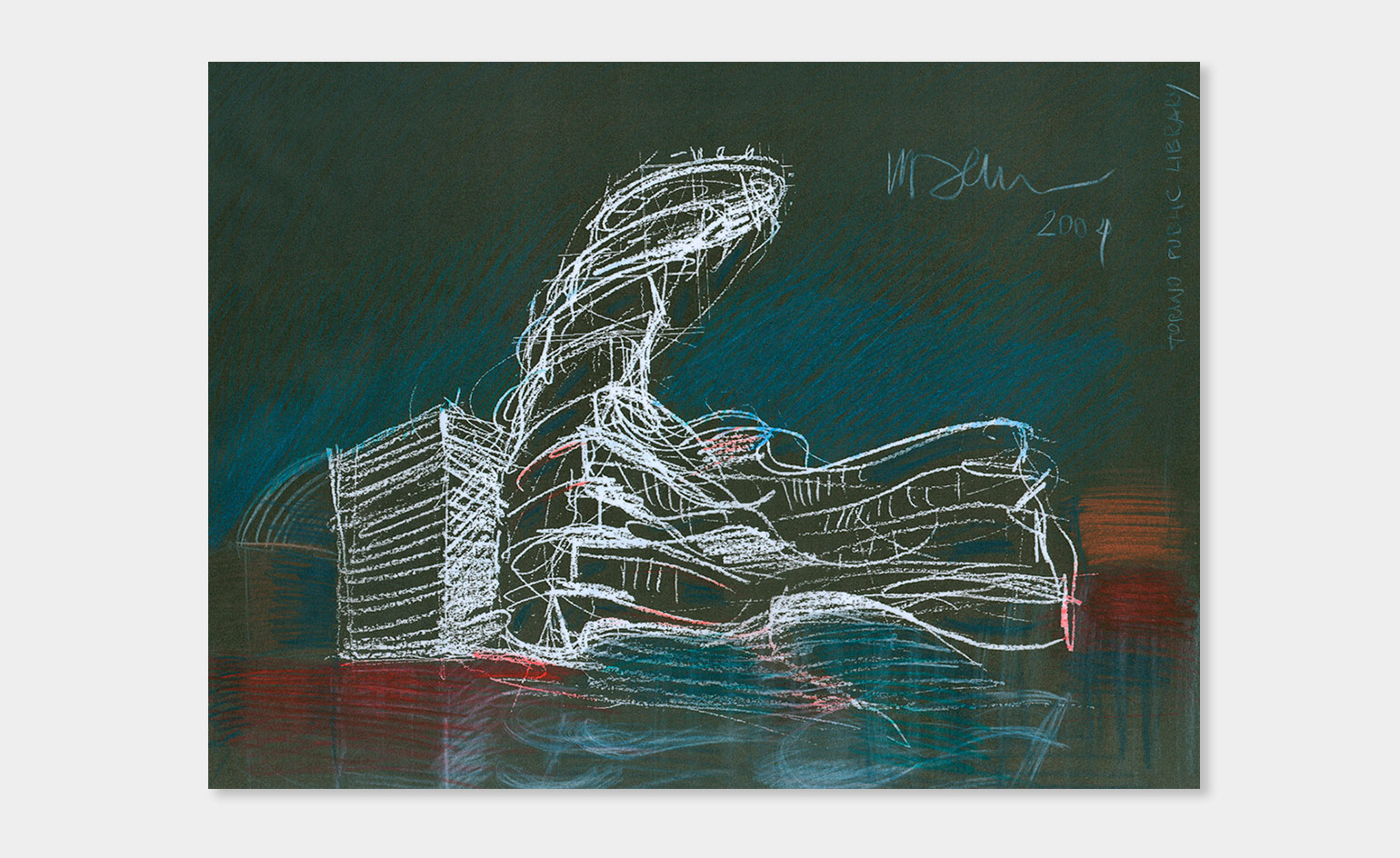
Sketch for the Centro Interculturale della Città di Torino
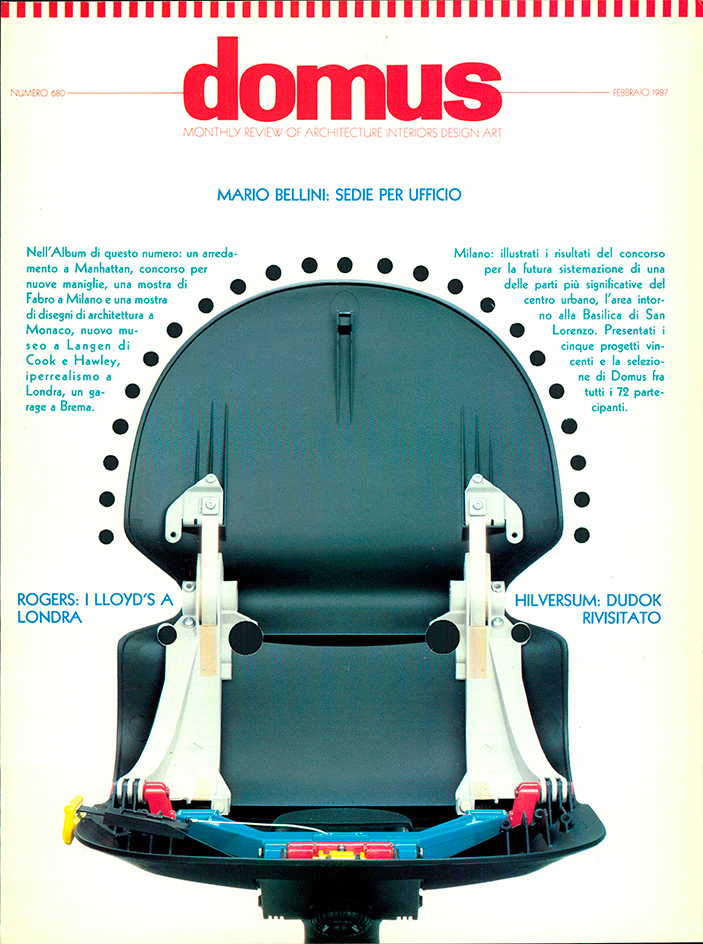
Bellini was a pioneering editor of Domus in the late 1980s, the time of a great renaissance in Italian product design and architecture
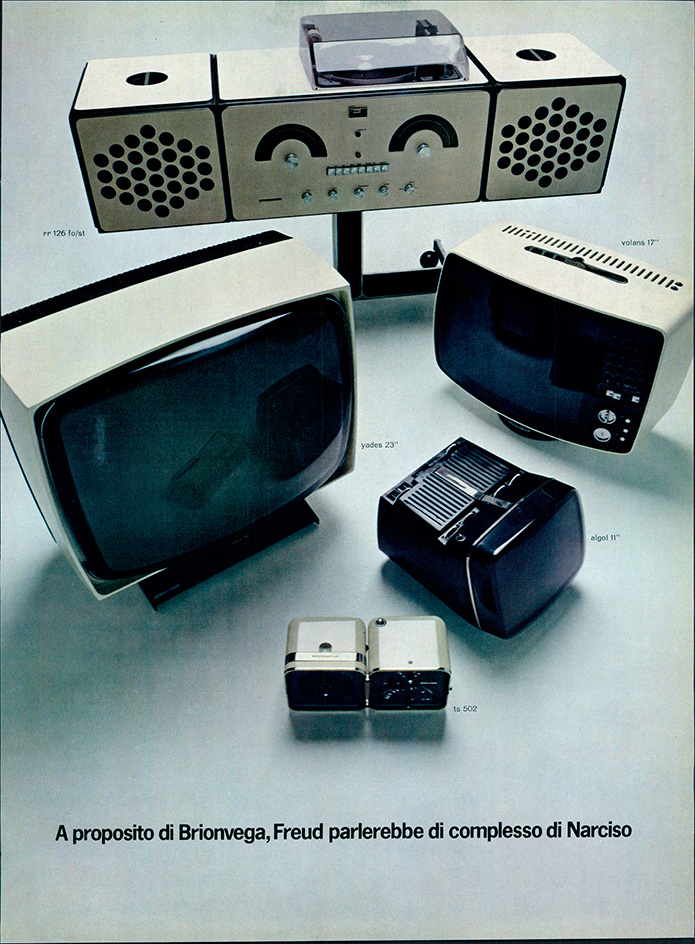
The classic Brionvega range of electronics
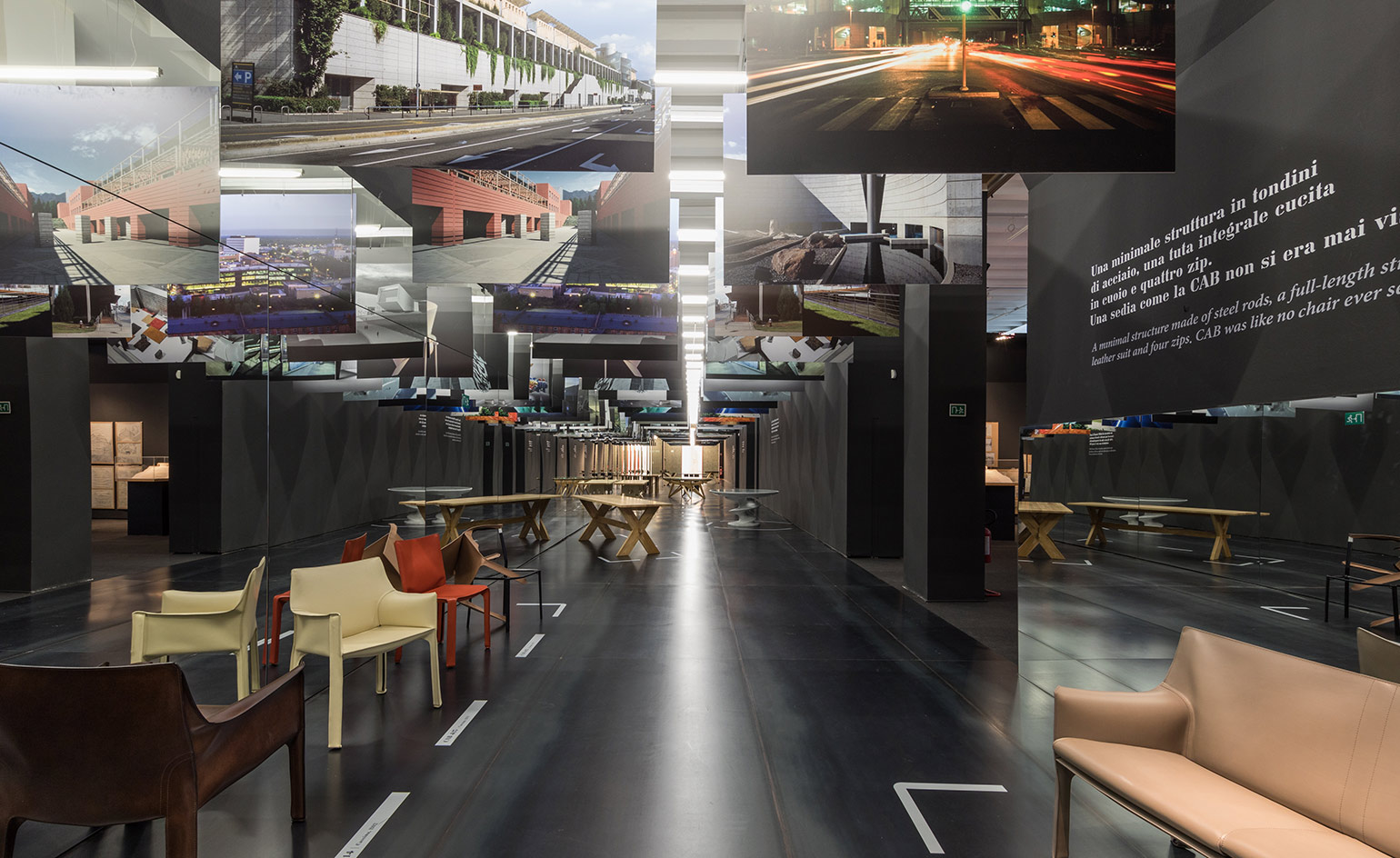
Bellini describes the ’Italian Beauty’ exhibition as a ‘prospective’ instead of a ‘retrospective’.
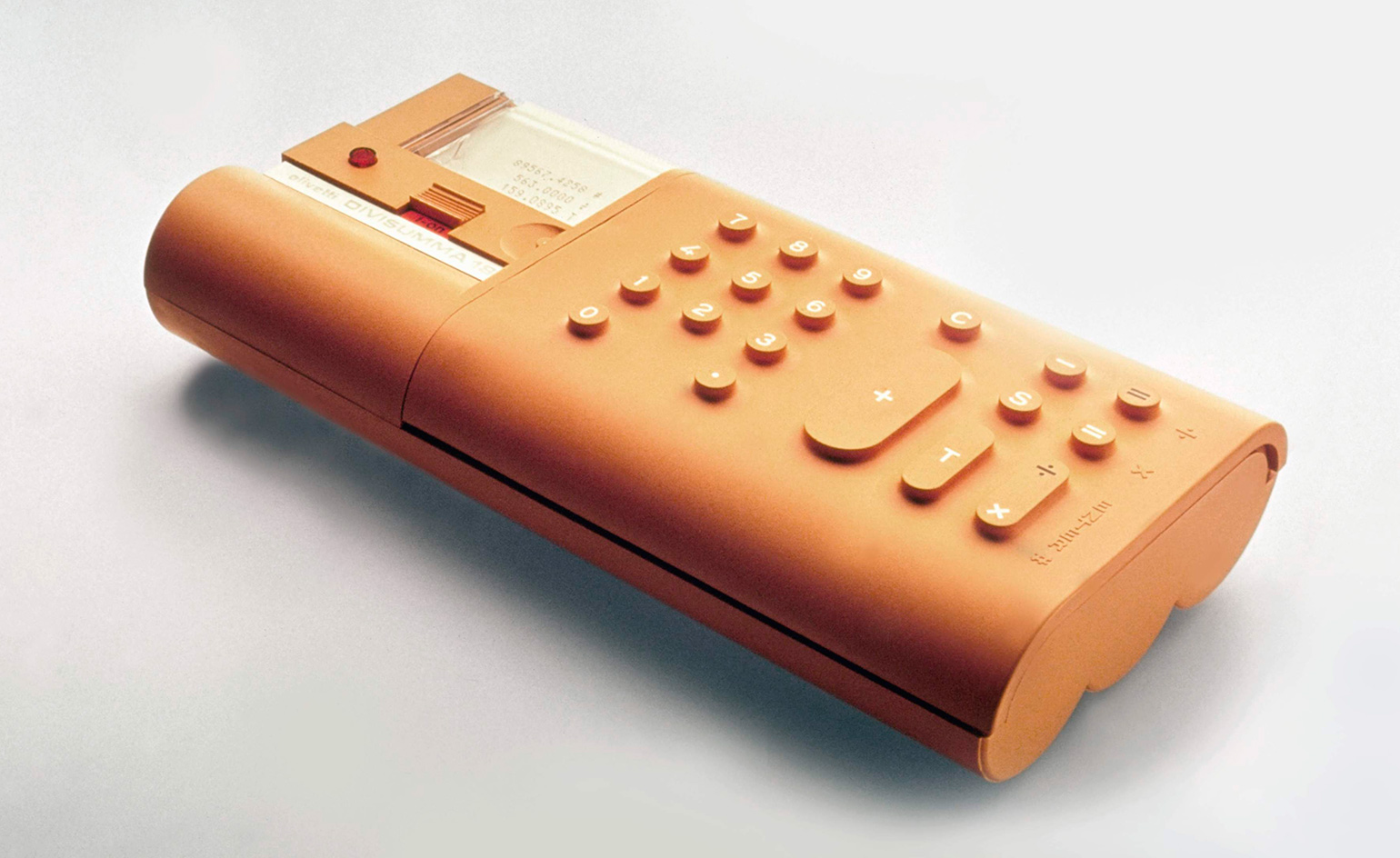
’Divisumma 18’ electronic printing calculator, 1973
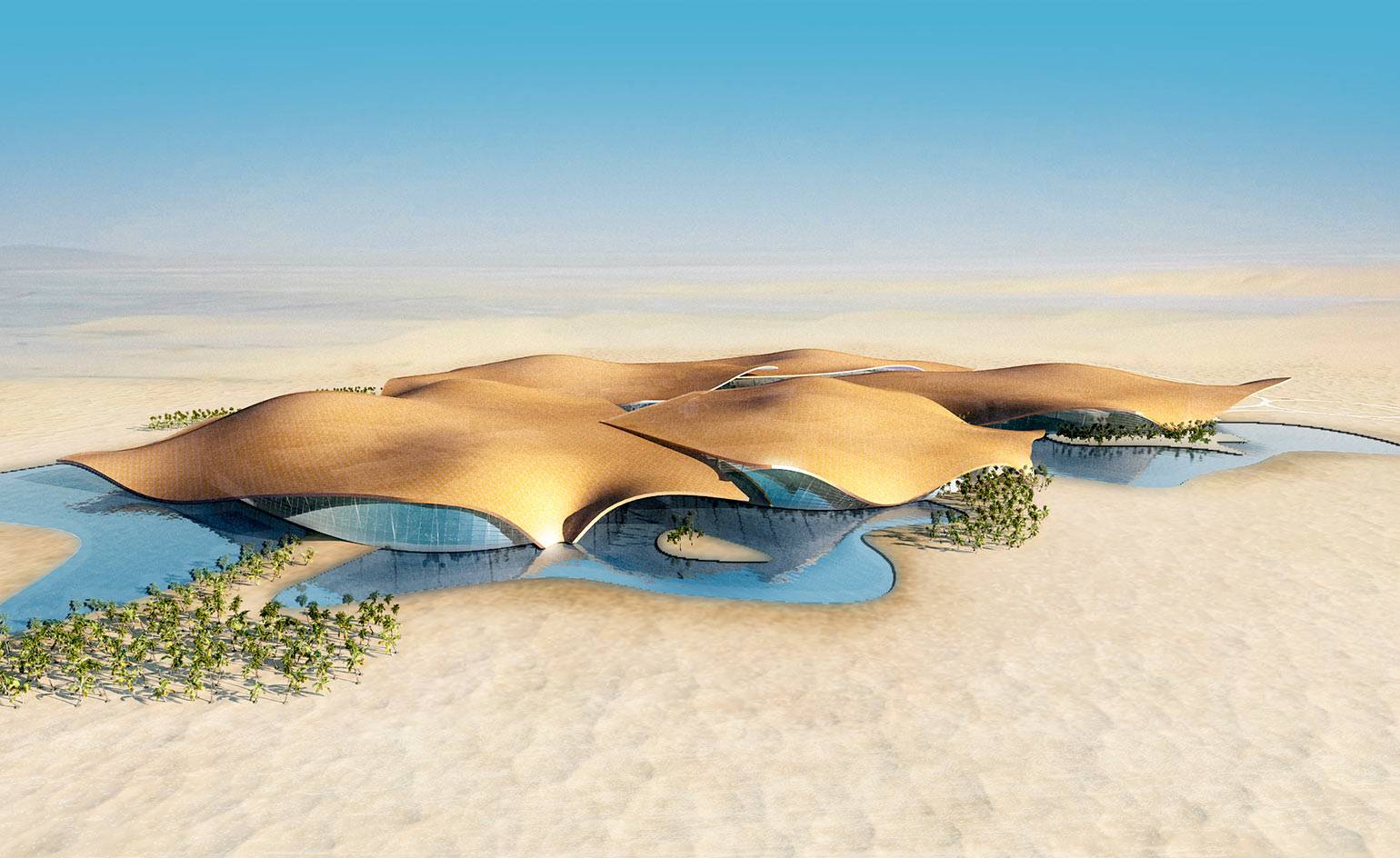
Render of the forthcoming the Qatar Fifa World Champions stadium
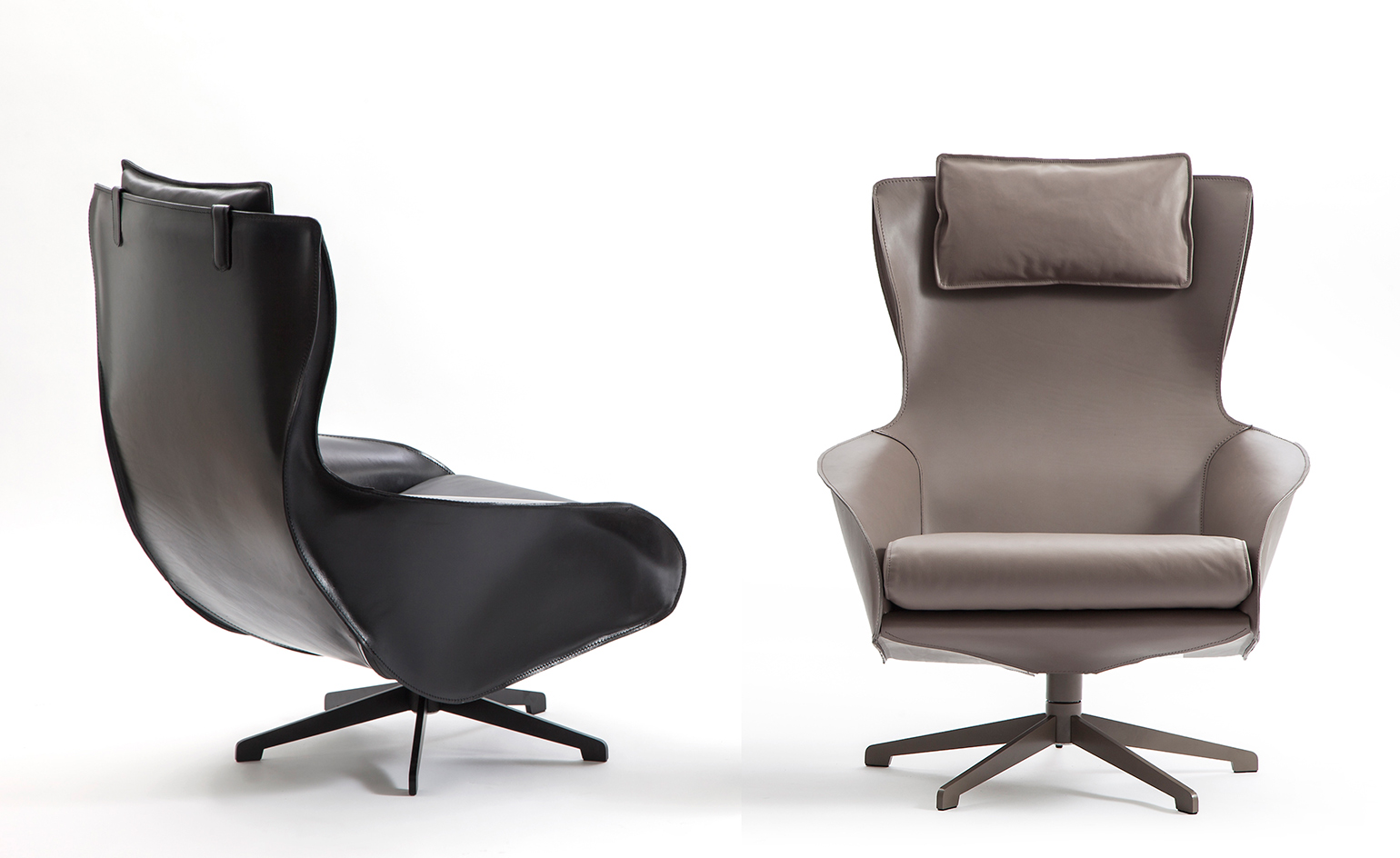
Cassina’s ’Cab 412’ lounge chair, launched in 1977
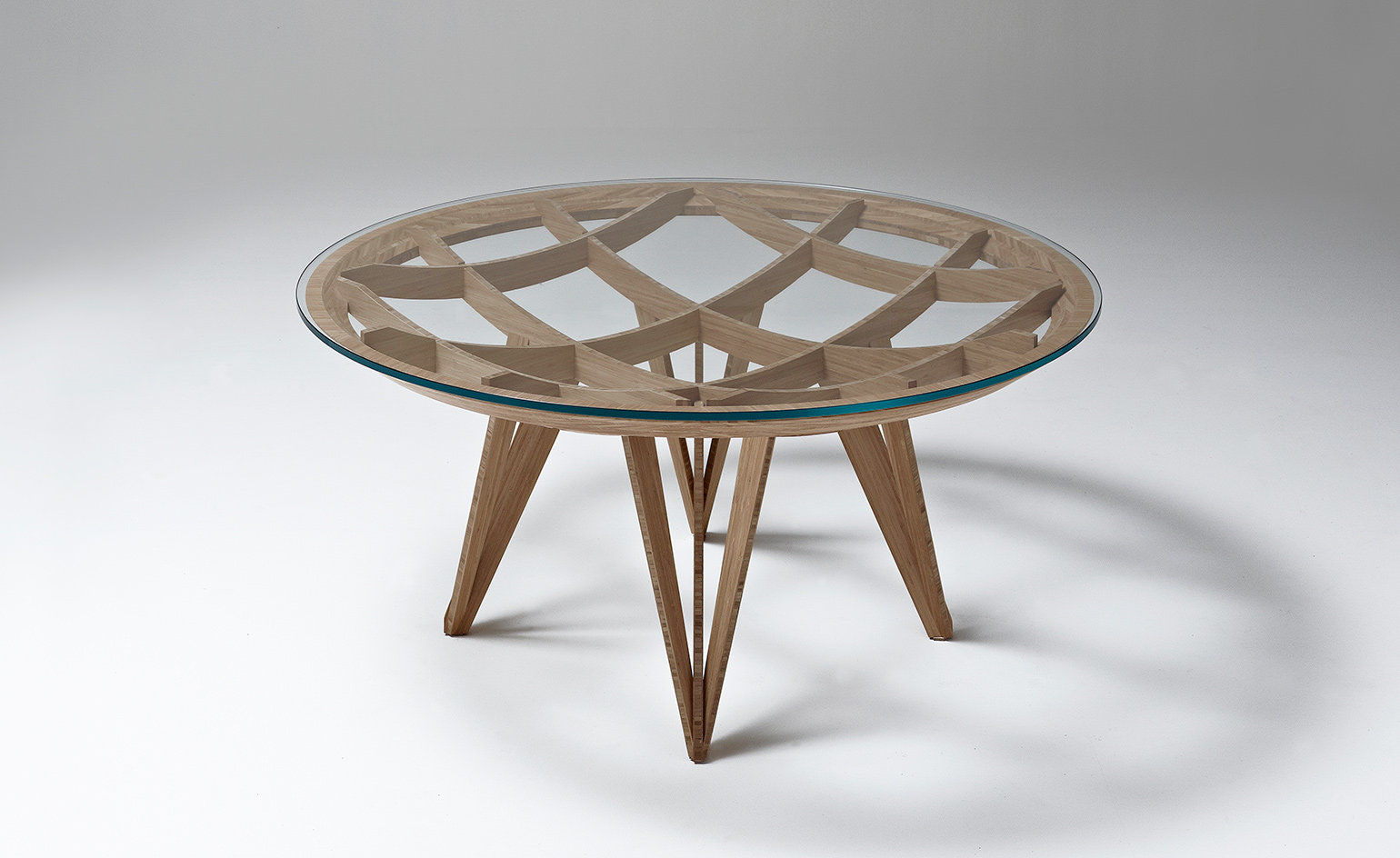
The ’Opera Tonda’ table from Meritalia
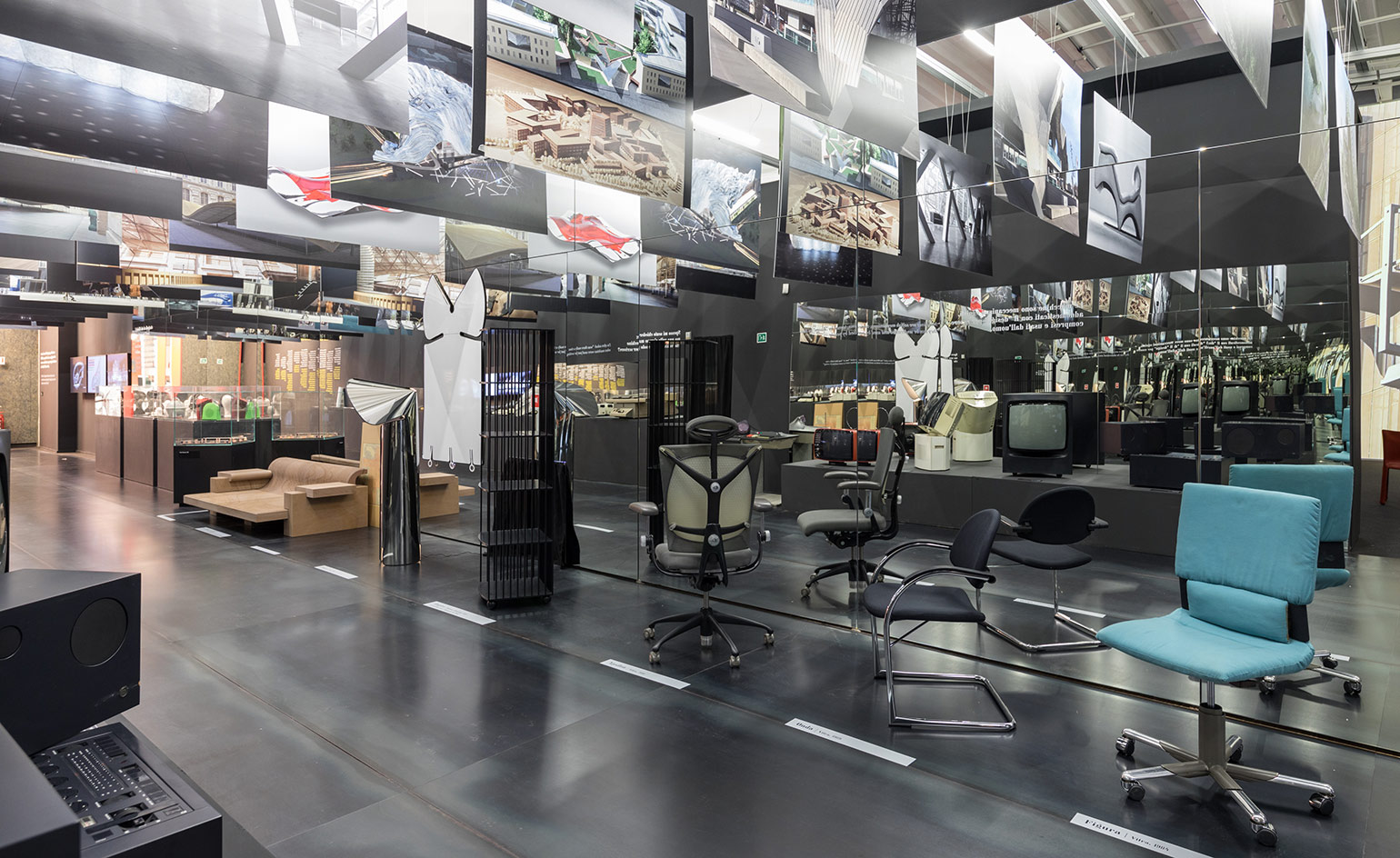
The playful display of the new exhibition communicates the essence of Bellini’s bold and progressive style. The art work for the exhibition poster, banner and catalogue cover have been designed by designer Leonardo Sonnoli.
INFORMATION
‘Italian Beauty’, curated by Deyan Sudjic, is on view until 19 March. For more information, visit the Milan Triennale website
Receive our daily digest of inspiration, escapism and design stories from around the world direct to your inbox.
Jonathan Bell has written for Wallpaper* magazine since 1999, covering everything from architecture and transport design to books, tech and graphic design. He is now the magazine’s Transport and Technology Editor. Jonathan has written and edited 15 books, including Concept Car Design, 21st Century House, and The New Modern House. He is also the host of Wallpaper’s first podcast.
-
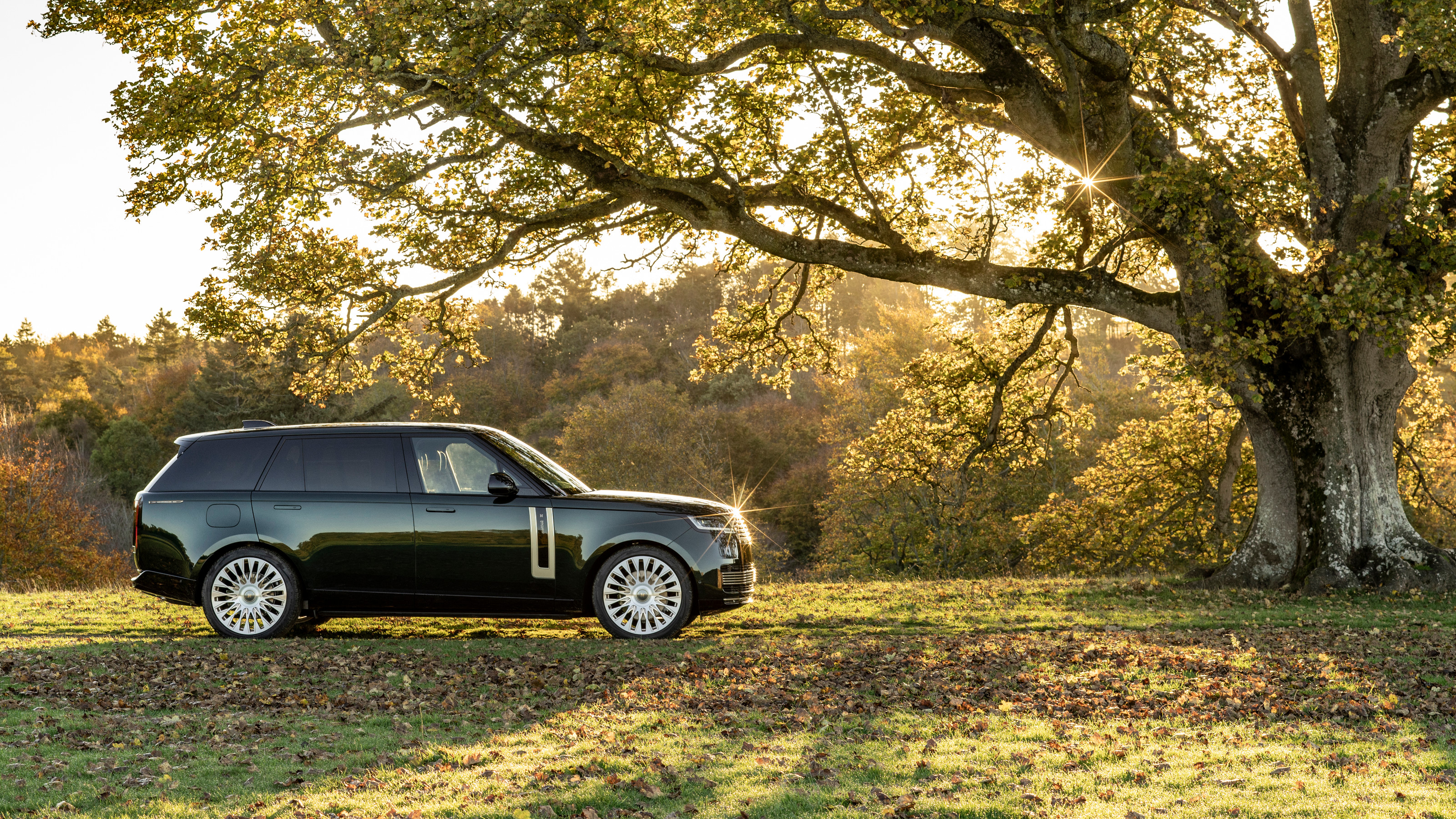 Holland & Holland's Range Rover is outstanding in its field: shoot the breeze in style
Holland & Holland's Range Rover is outstanding in its field: shoot the breeze in styleCan you spare half a million pounds for a glorified four-wheeled gun cabinet? If so, the Range Rover Holland & Holland Edition by Overfinch might be the perfect fit
-
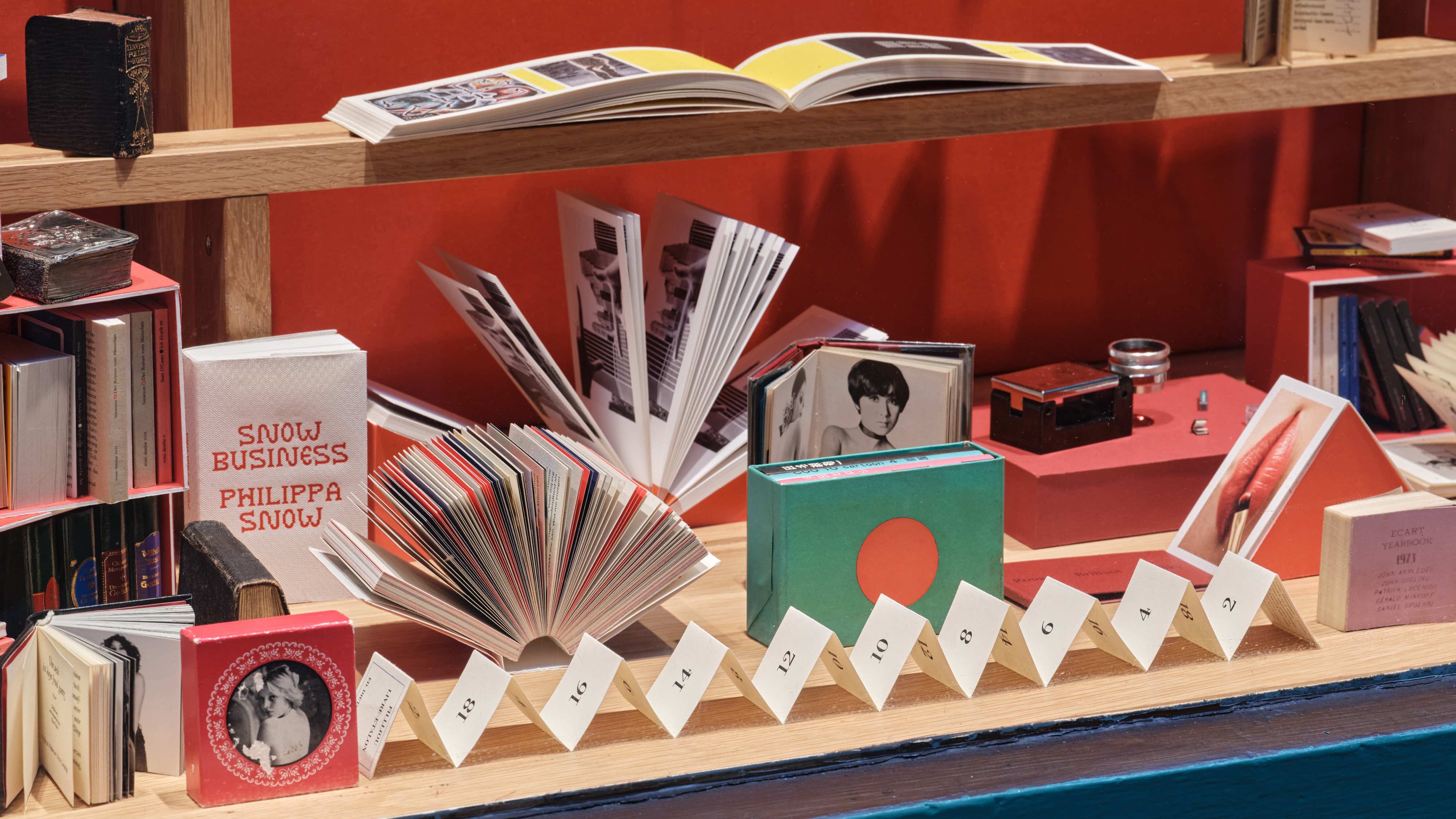 Veronica Ditting’s collection of tiny tomes is a big draw at London's Tenderbooks
Veronica Ditting’s collection of tiny tomes is a big draw at London's TenderbooksAt London bookshop Tenderbooks, 'Small Print' is an exhibition by creative director Veronica Ditting that explores and celebrates the appeal of books that fit in the palm of your hand
-
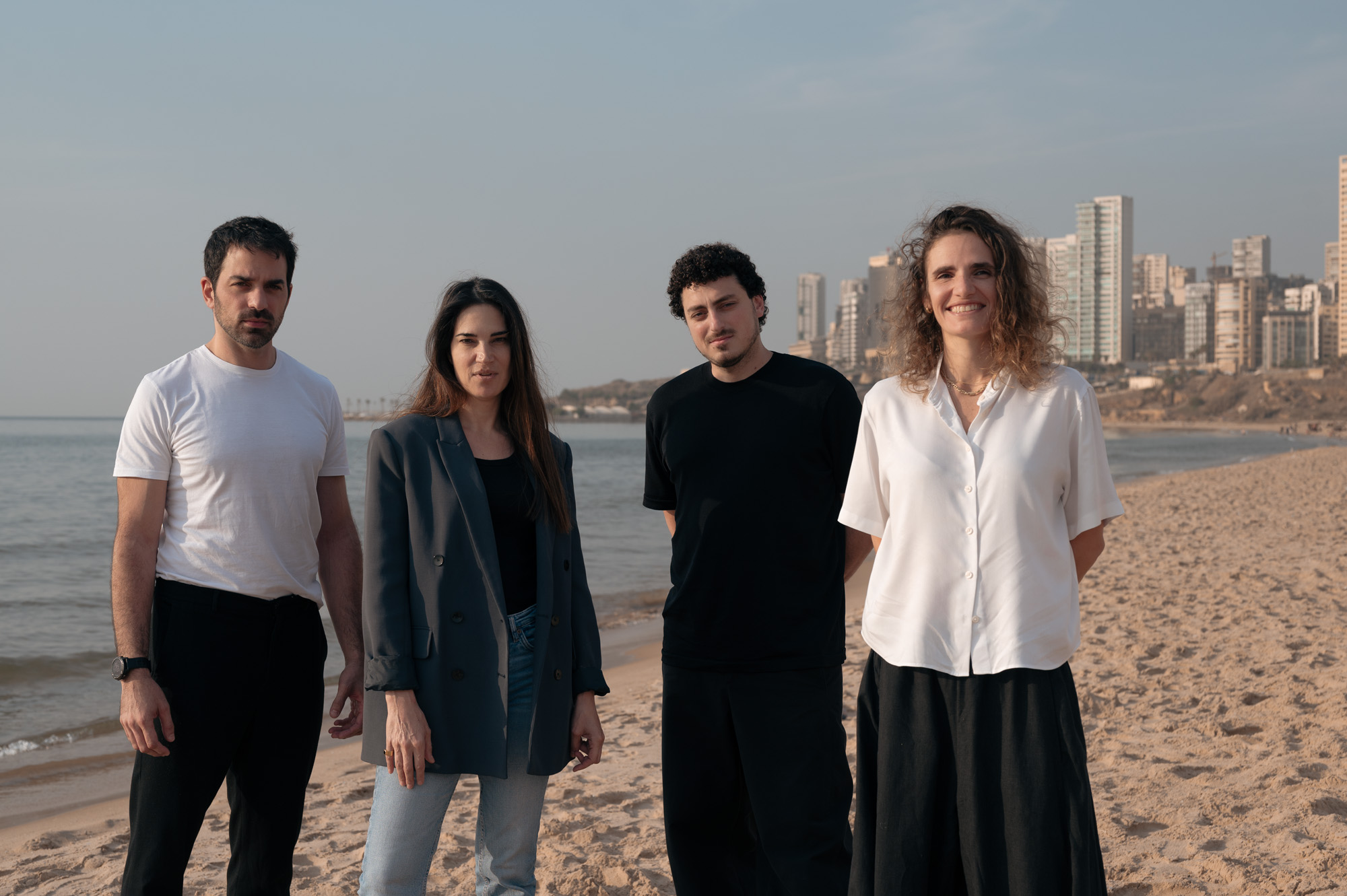 How Beirut's emerging designers tell a story of resilience in creativity
How Beirut's emerging designers tell a story of resilience in creativityThe second in our Design Cities series, Beirut is a model of resourcefulness and adaptability: we look at how the layered history of the city is reflected in its designers' output
-
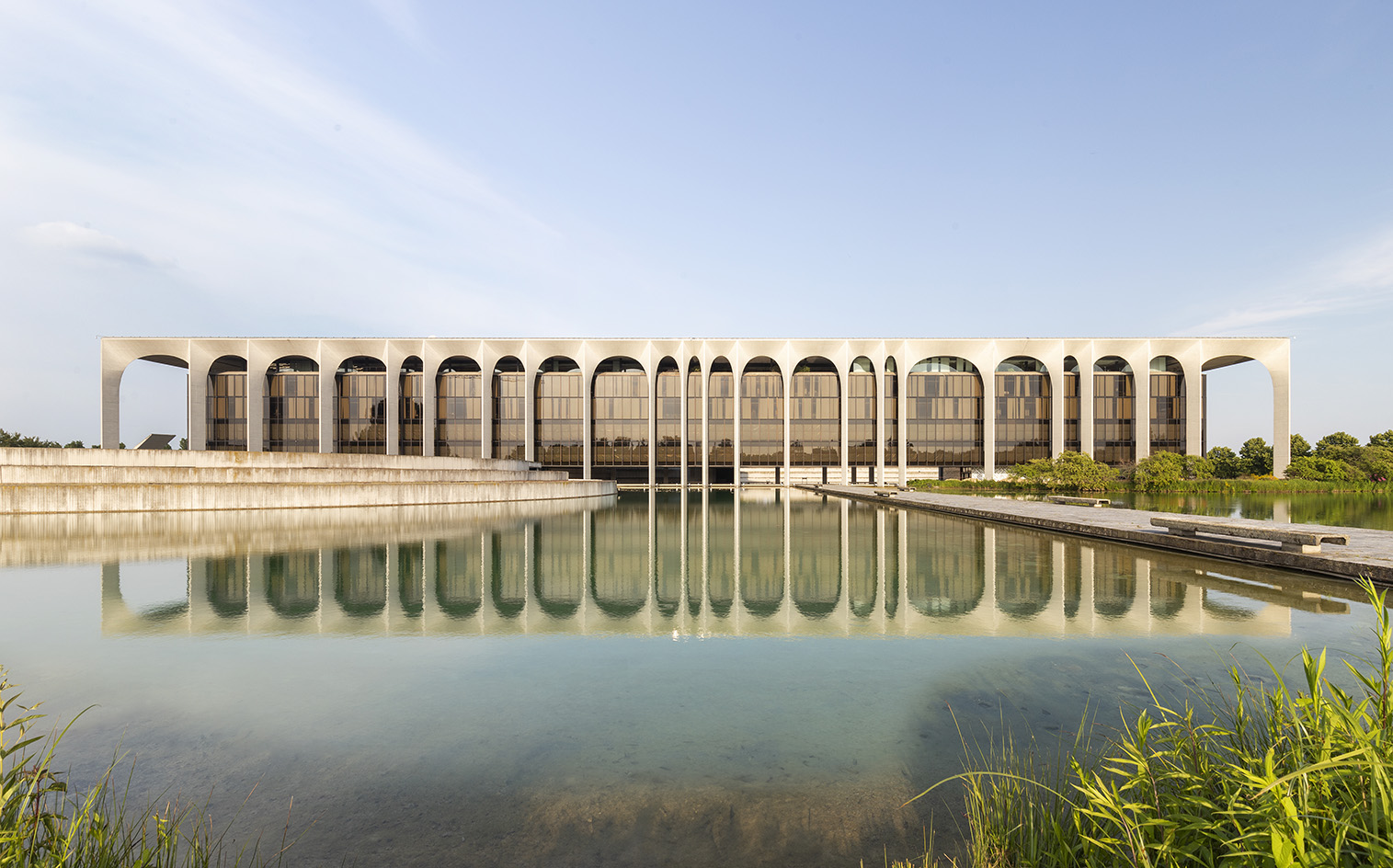 Modernist Palazzo Mondadori’s workspace gets a playful Carlo Ratti refresh
Modernist Palazzo Mondadori’s workspace gets a playful Carlo Ratti refreshArchitect Carlo Ratti reimagines the offices in Palazzo Mondadori, the seminal work by Brazilian master Oscar Niemeyer in Milan
-
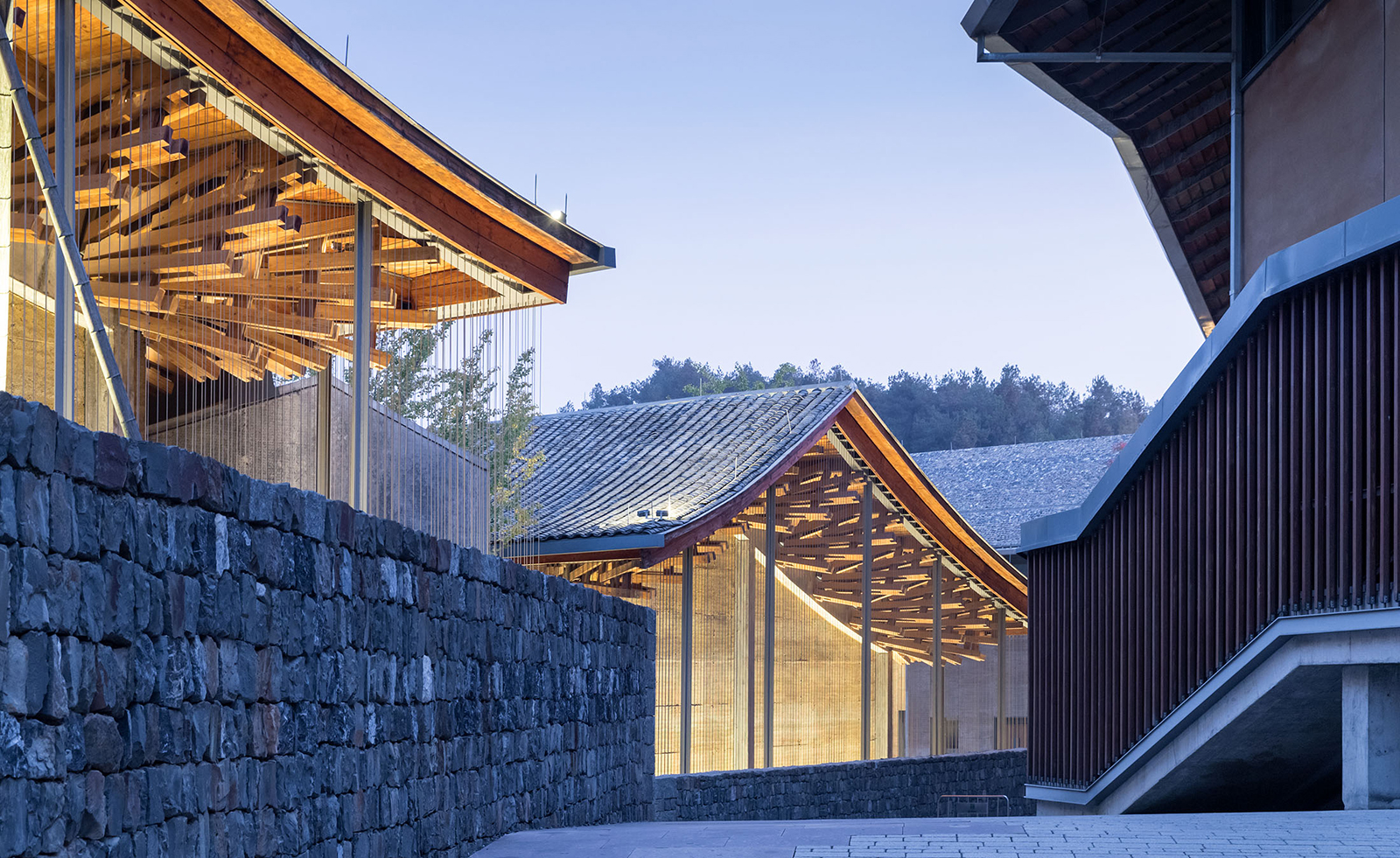 Wang Shu and Lu Wenyu to curate the 2027 Venice Architecture Biennale
Wang Shu and Lu Wenyu to curate the 2027 Venice Architecture BiennaleChinese architects Wang Shu and Lu Wenyu have been revealed as the curators of the 2027 Venice Architecture Biennale
-
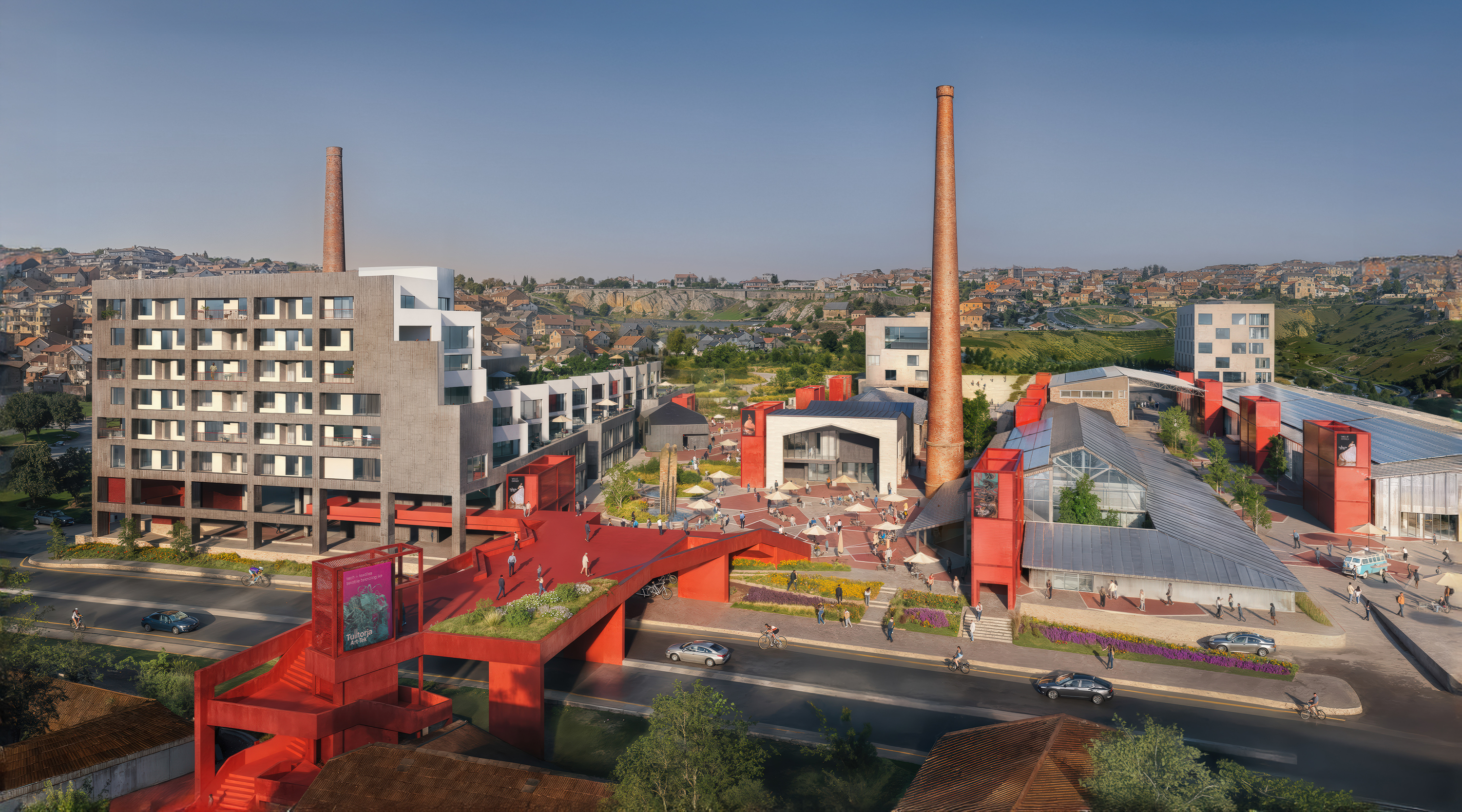 At the Holcim Foundation Forum and its Grand Prizes, sustainability is both urgent and hopeful
At the Holcim Foundation Forum and its Grand Prizes, sustainability is both urgent and hopefulThe Holcim Foundation Forum just took place in Venice, culminating in the announcement of the organisation's Grand Prizes, the projects especially honoured among 20 previously announced winning designs
-
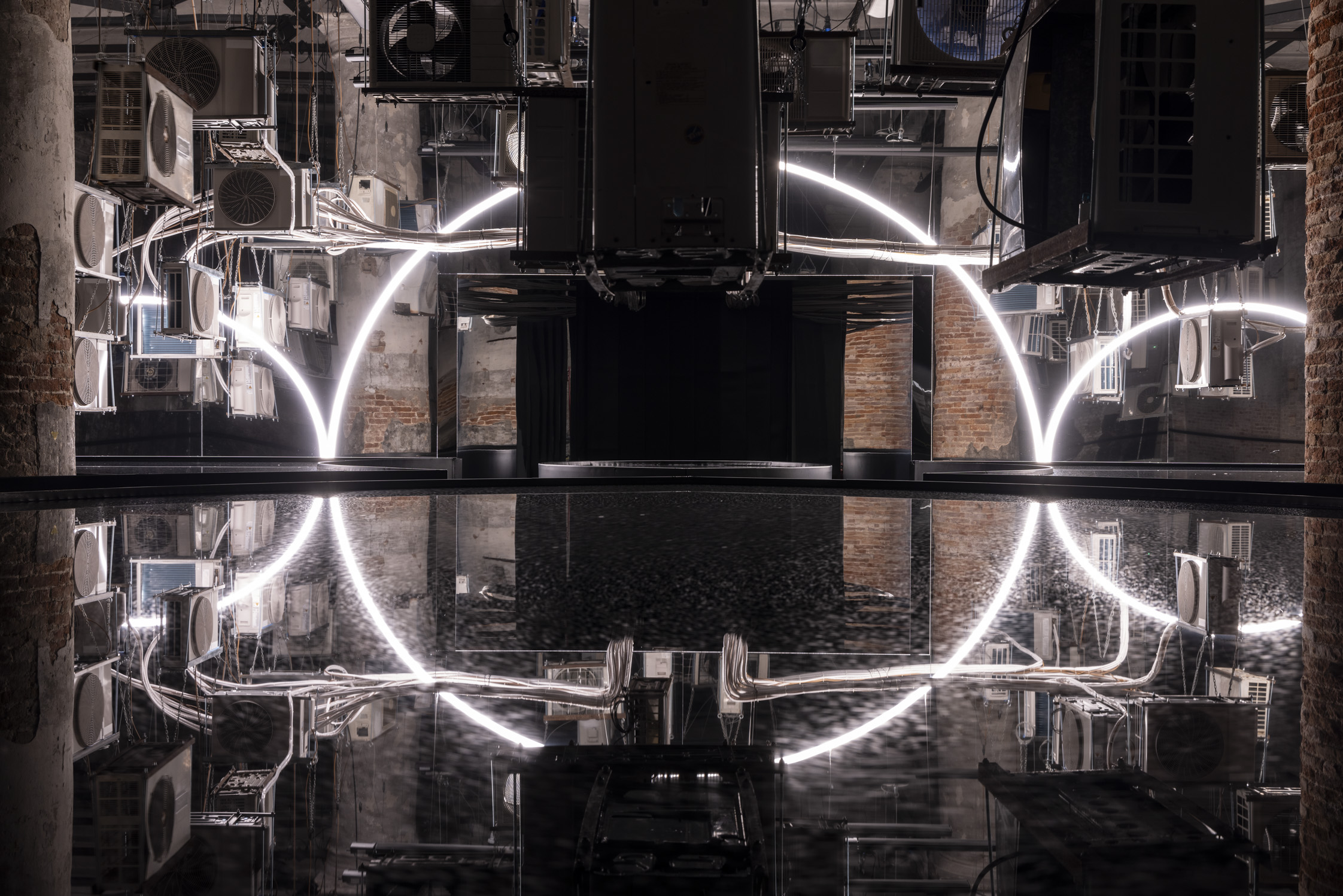 Carlo Ratti reflects on his bold Venice Architecture Biennale as it closes this weekend
Carlo Ratti reflects on his bold Venice Architecture Biennale as it closes this weekendThe Venice Architecture Biennale opens with excitement and fanfare every two years; as the 2025 edition draws to a close, we take stock with its curator Carlo Ratti and ask him, what next?
-
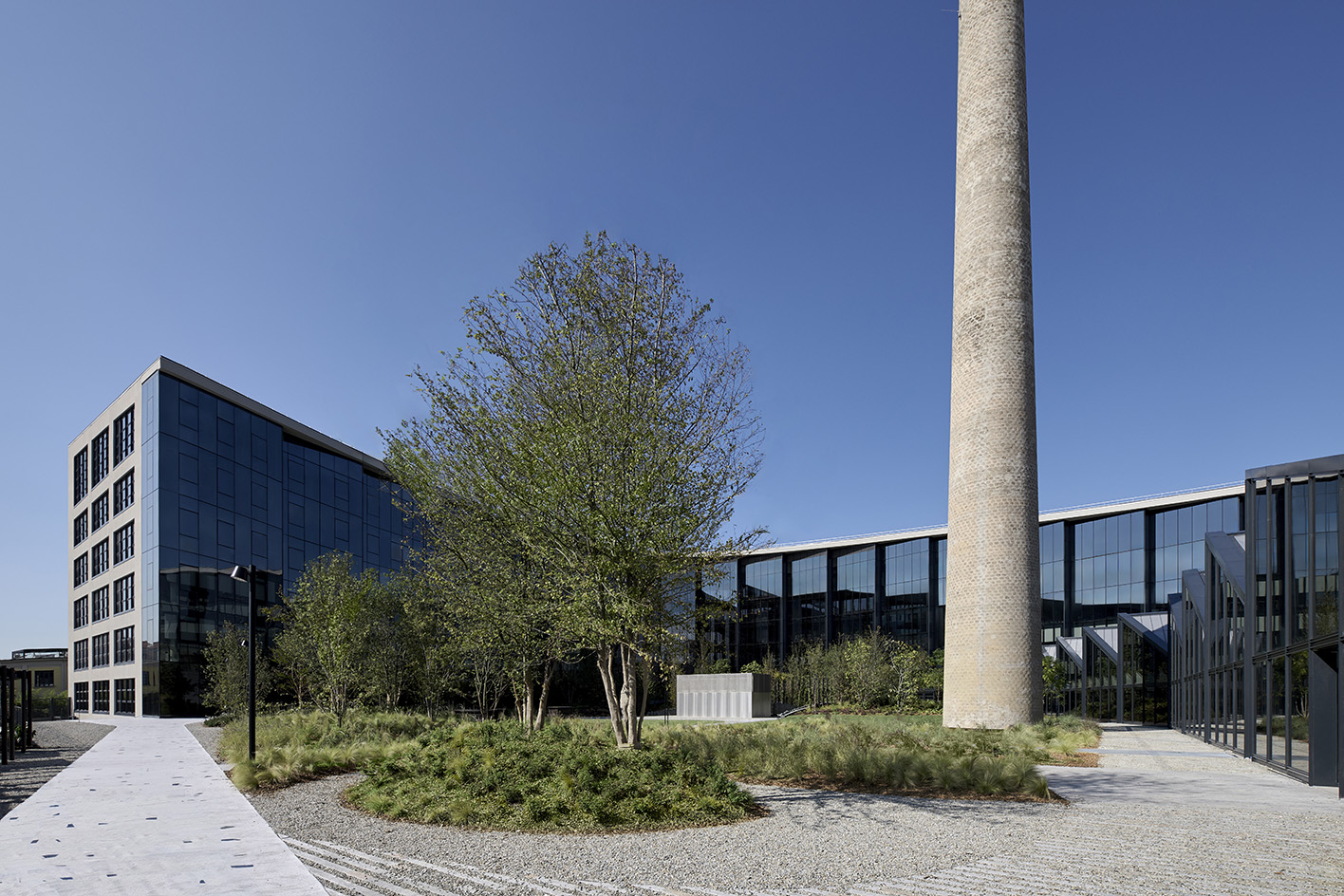 Step inside Casa Moncler, the brand’s sustainable and highly creative Milanese HQ
Step inside Casa Moncler, the brand’s sustainable and highly creative Milanese HQCasa Moncler opens its doors in a masterfully reimagined Milanese industrial site, blending modern minimalism and heritage, courtesy of ACPV Architects Antonio Citterio Patricia Viel
-
 Aldo Frattini Bivouac is a mountain shelter, but not as you know it
Aldo Frattini Bivouac is a mountain shelter, but not as you know itA new mountain shelter on the northern Italian pre-Alp region of Val Seriana, Aldo Frattini Bivouac is an experimental and aesthetically rich, compact piece of architecture
-
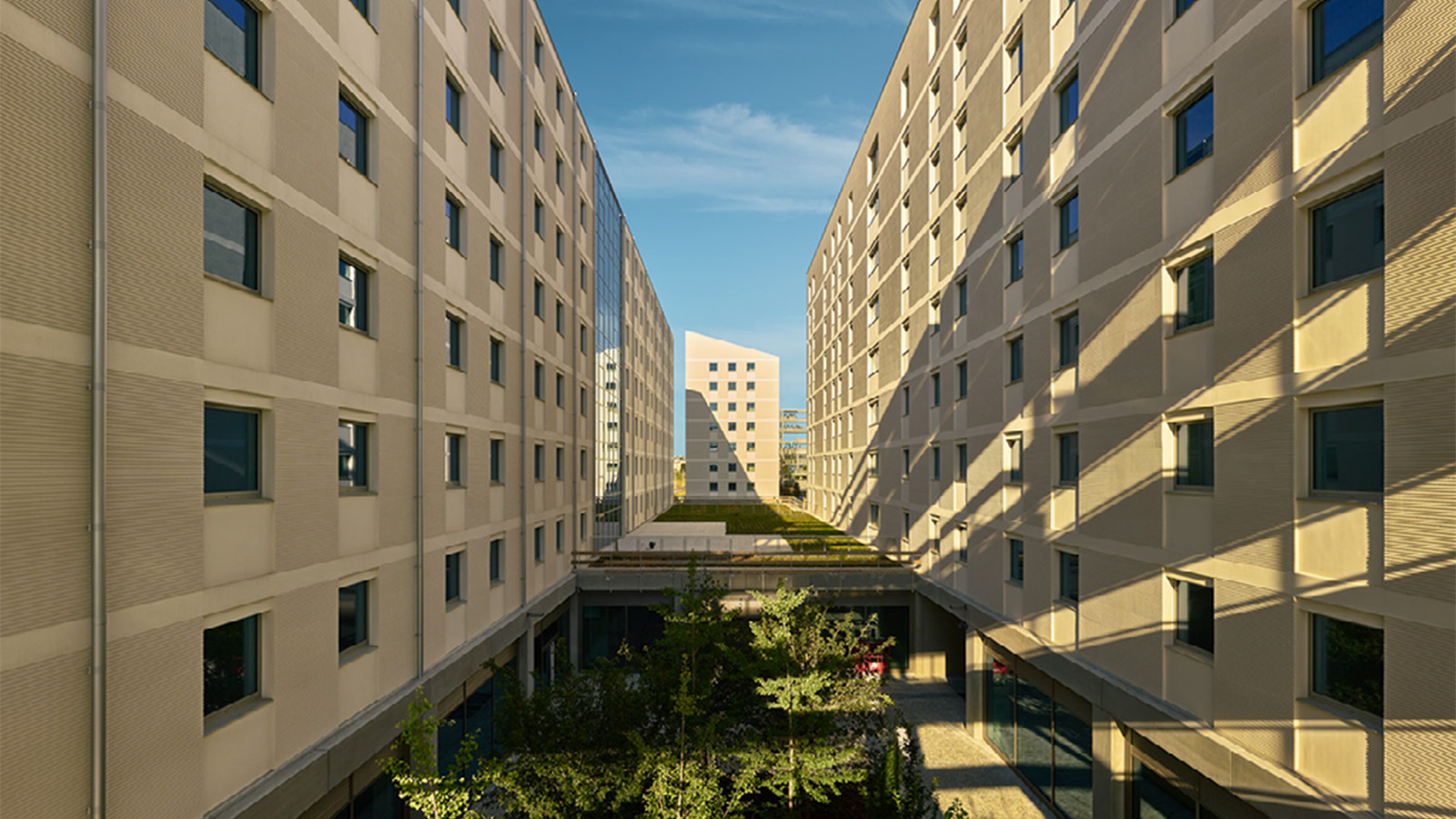 The 2026 Winter Olympics Village is complete. Take a look inside
The 2026 Winter Olympics Village is complete. Take a look insideAhead of the 2026 Winter Olympics, taking place in Milan in February, the new Olympic Village Plaza is set to be a bustling community hub, designed by Skidmore, Owings & Merrill
-
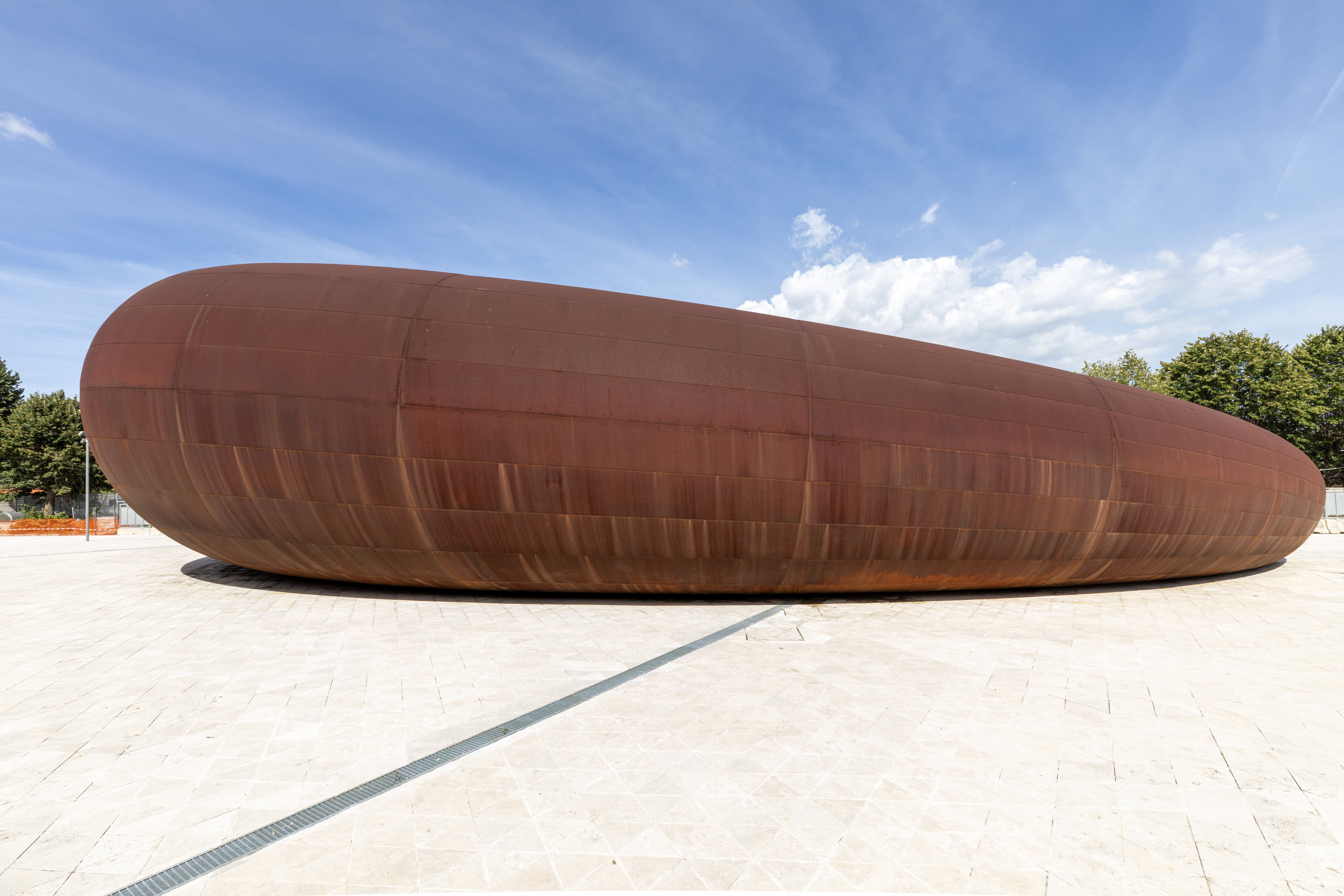 Anish Kapoor designs Naples station as a reflection of ‘what it really means to go underground’
Anish Kapoor designs Naples station as a reflection of ‘what it really means to go underground’A new Naples station by artist Anish Kapoor blends art and architecture, while creating an important piece of infrastructure for the southern Italian city